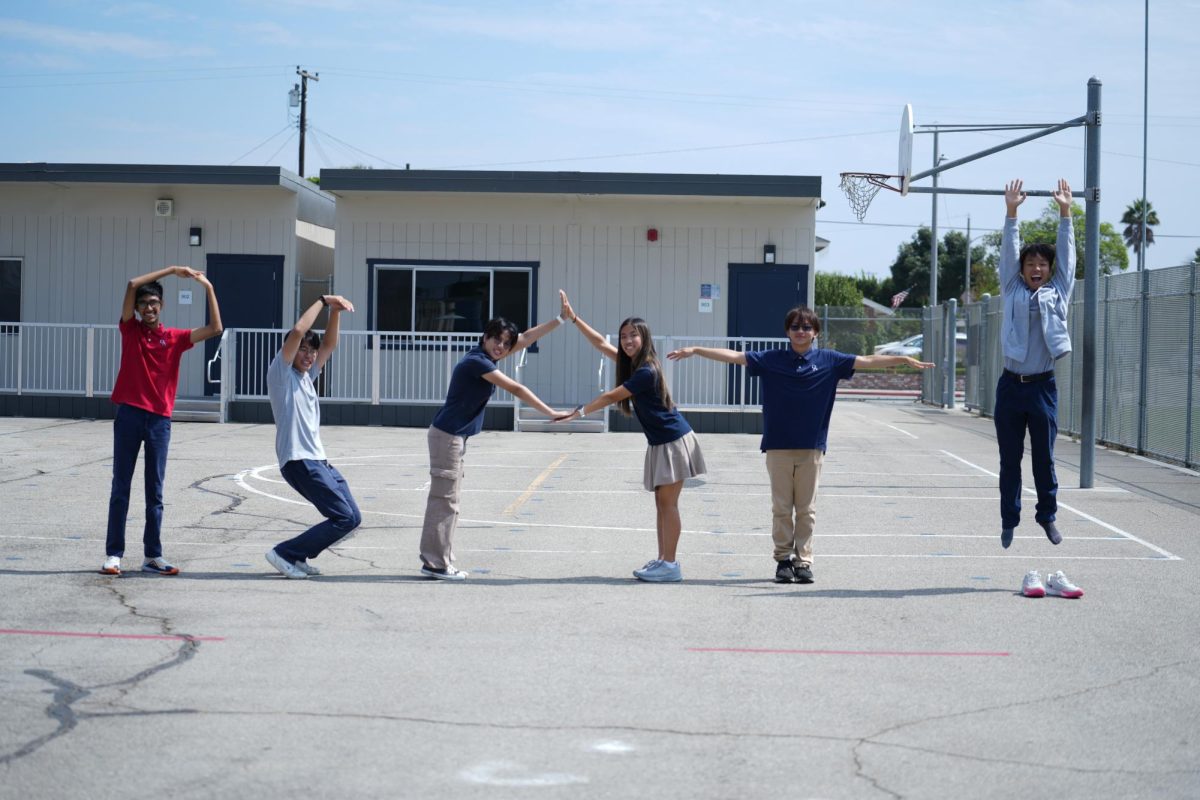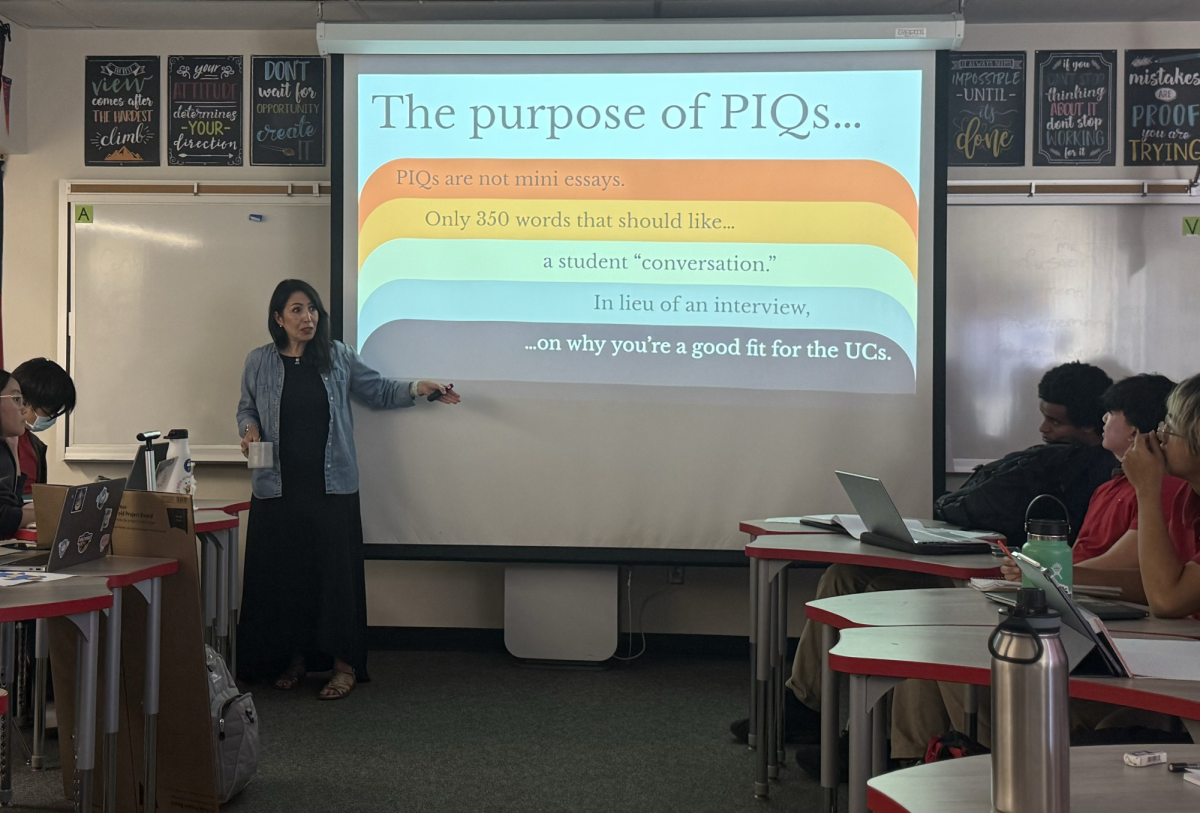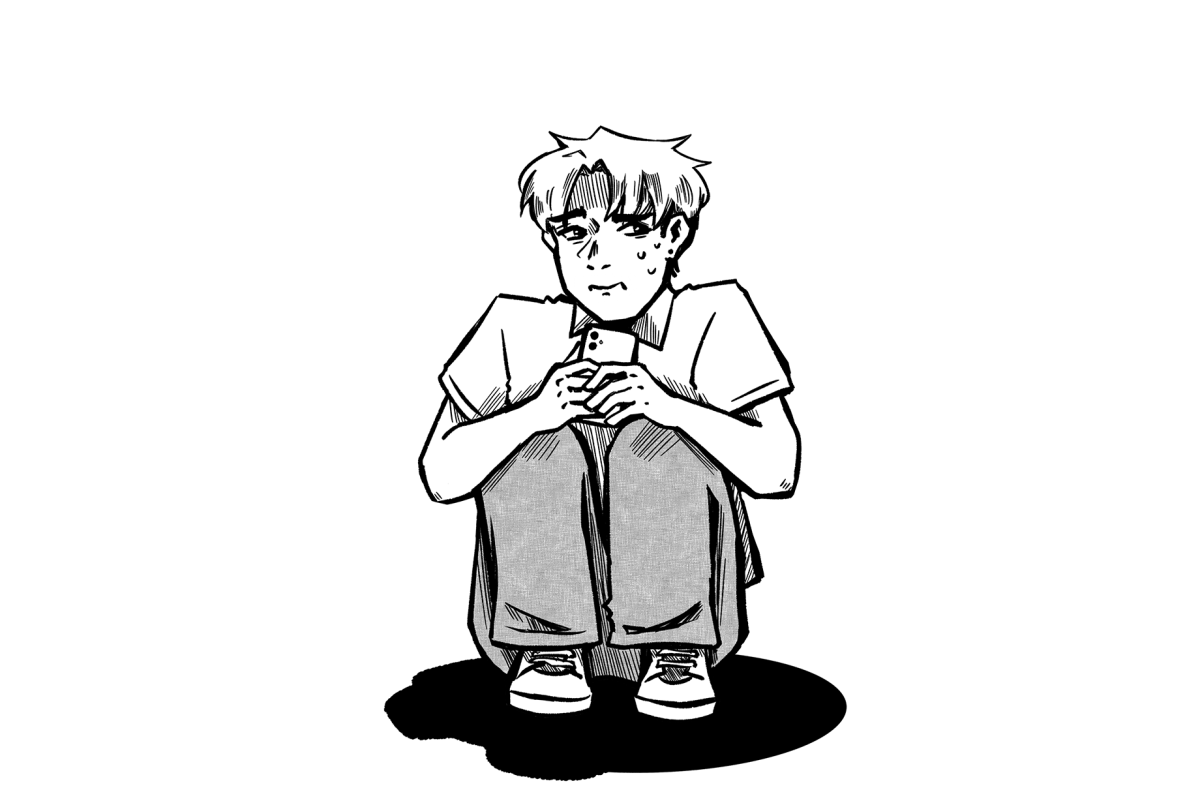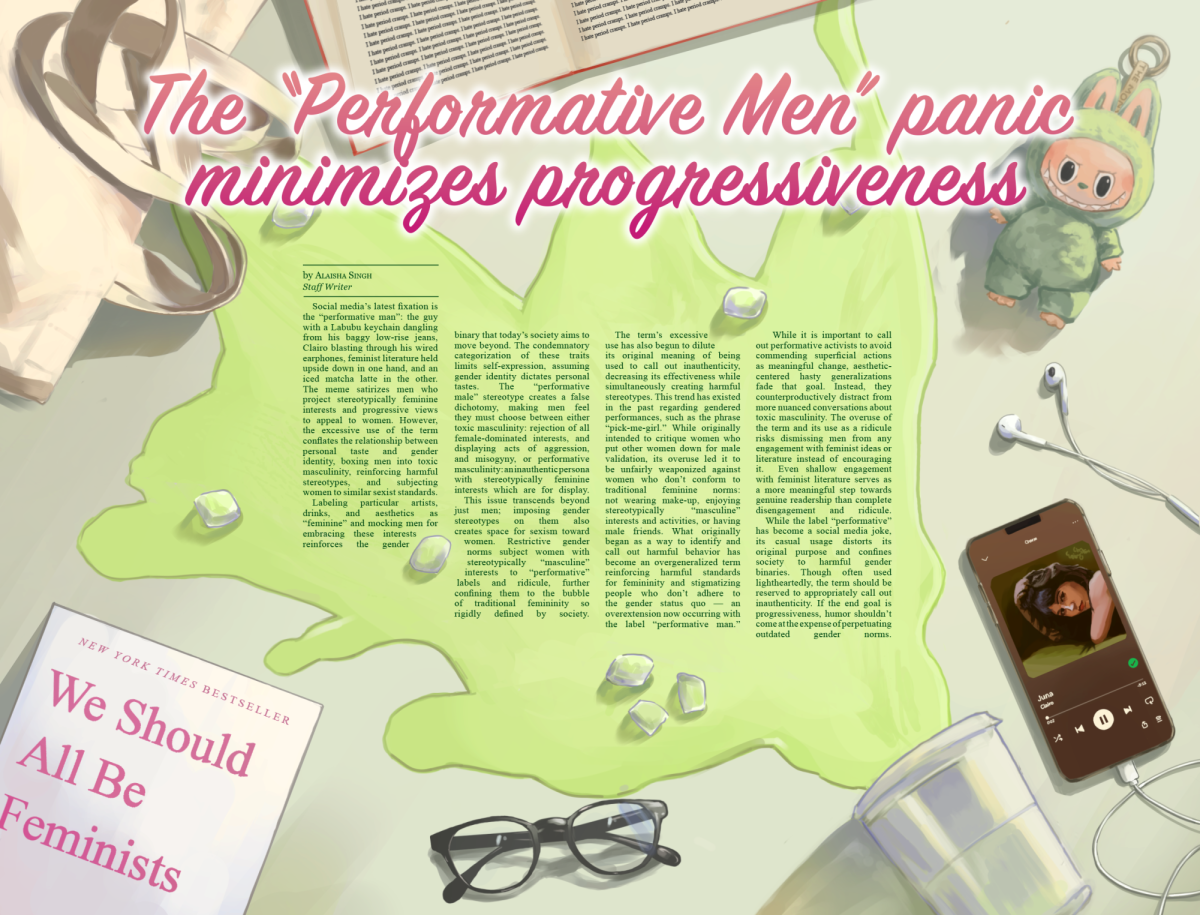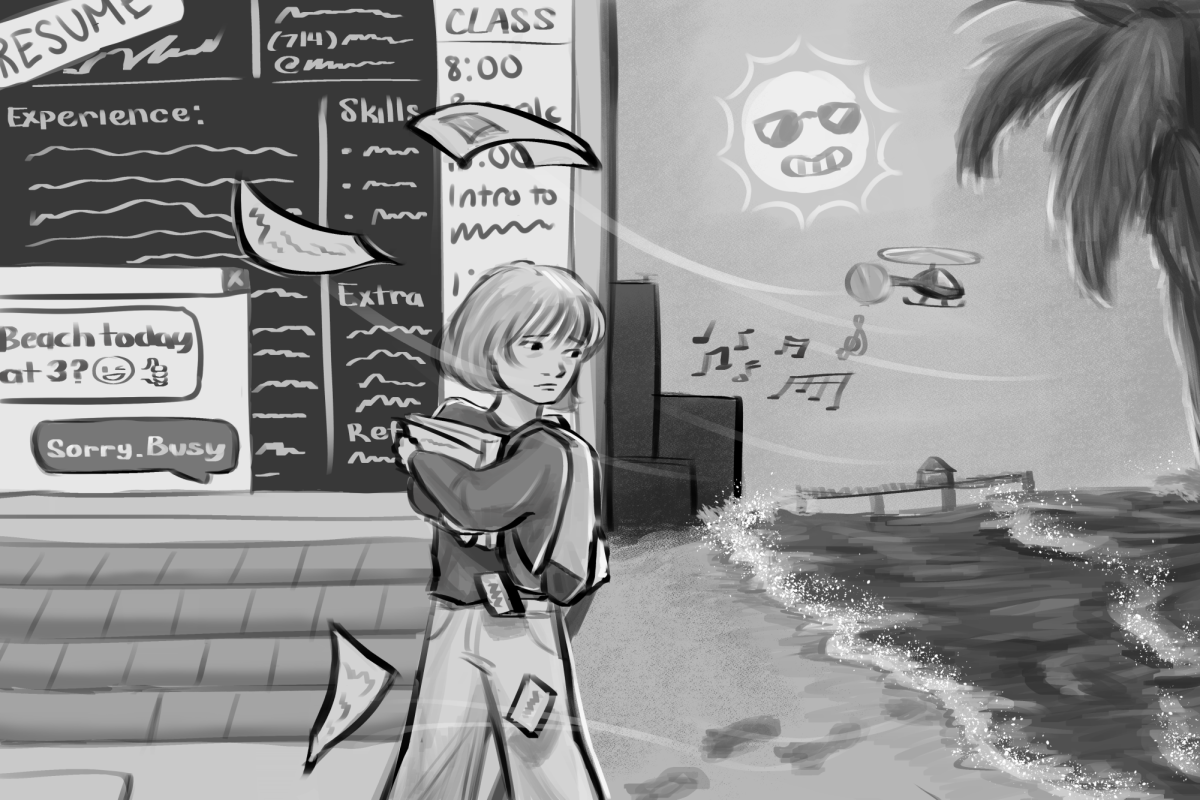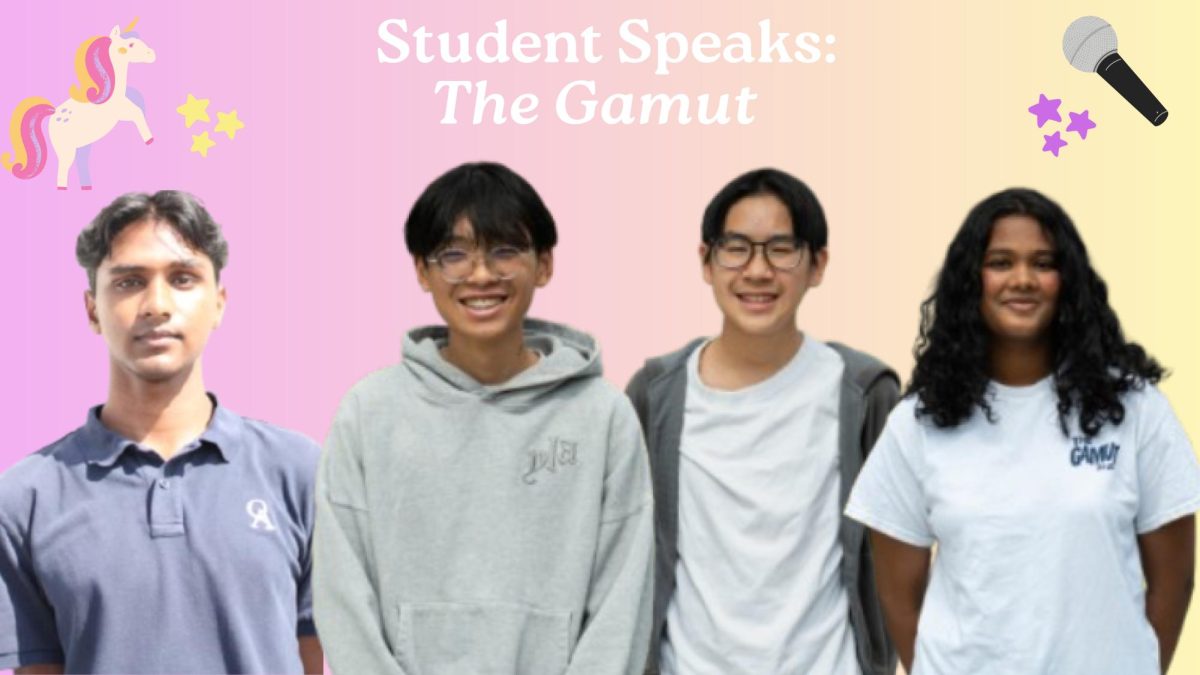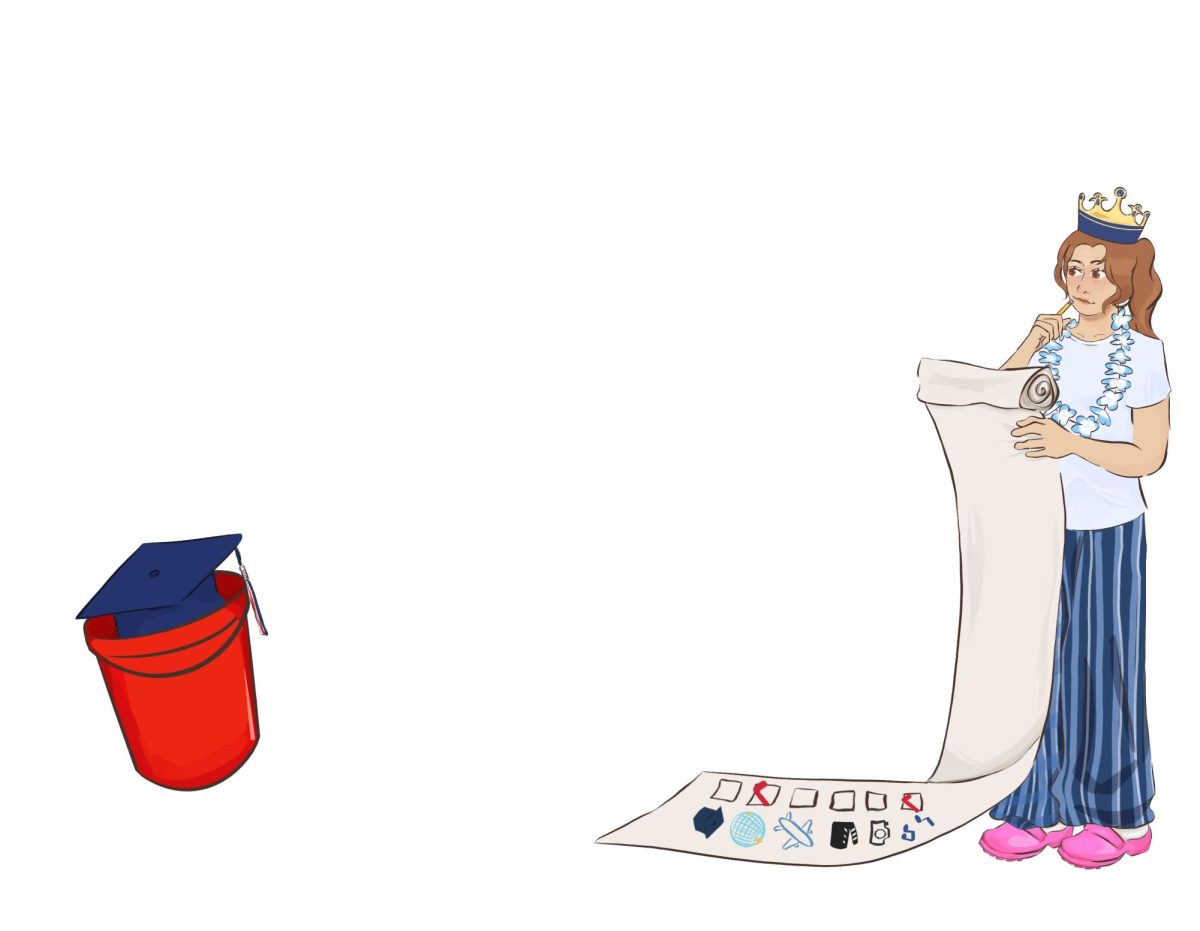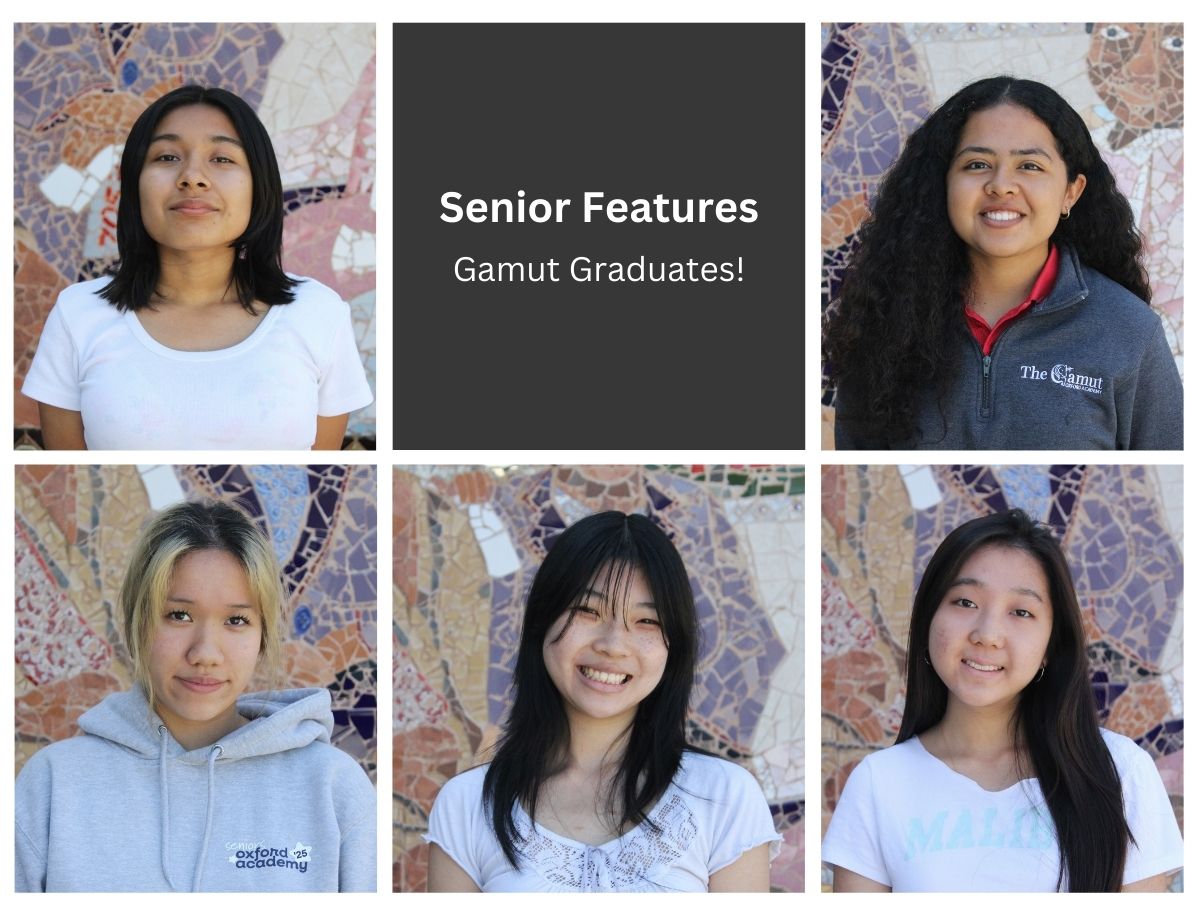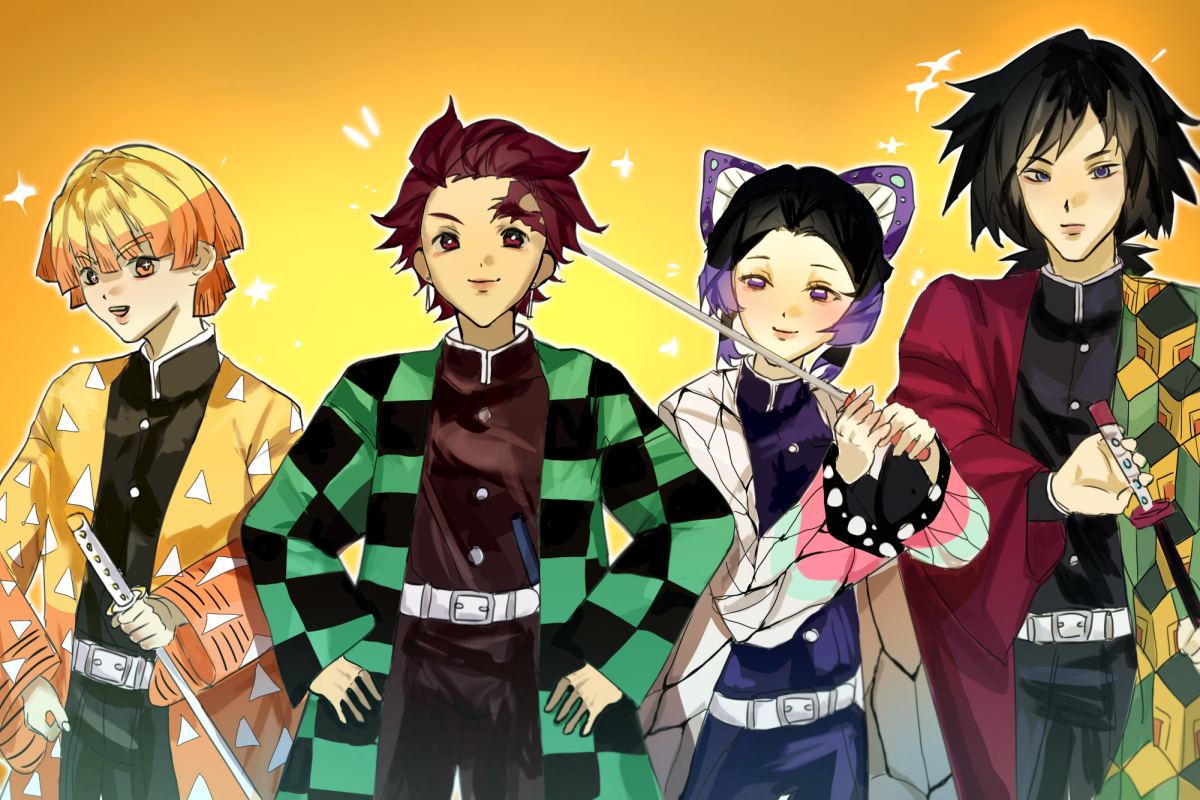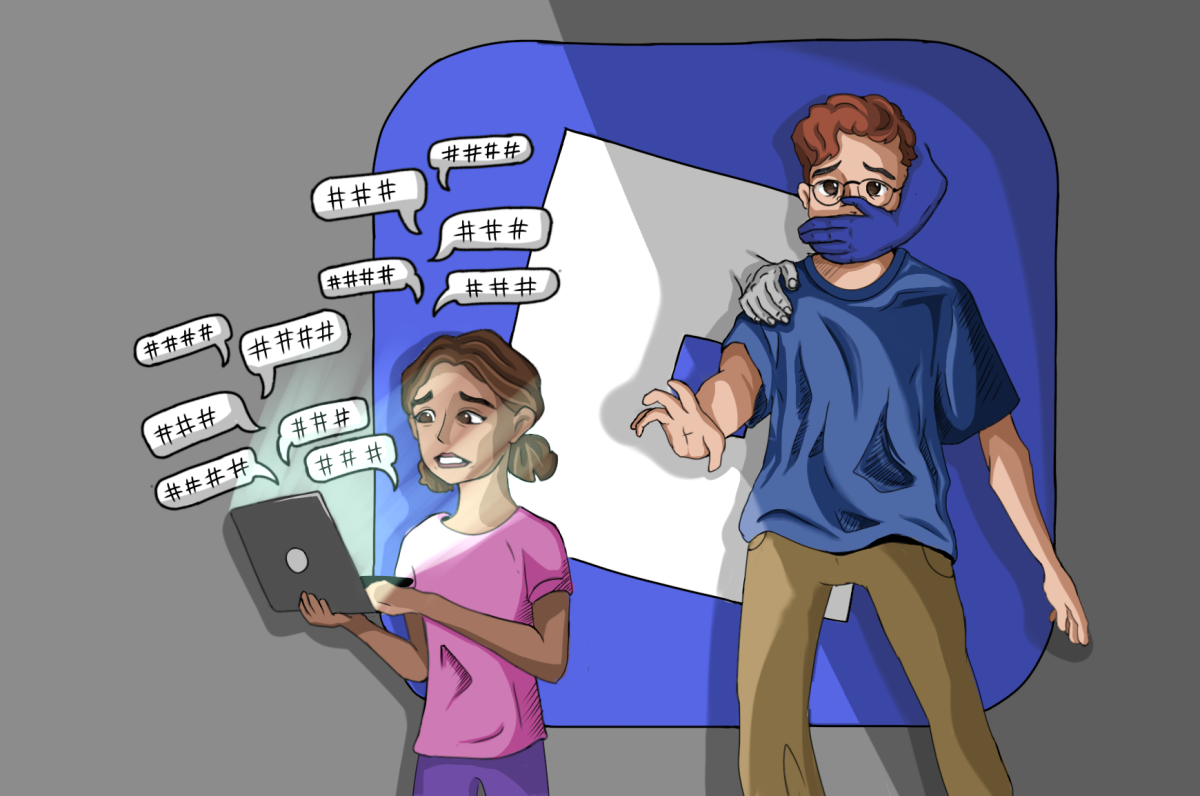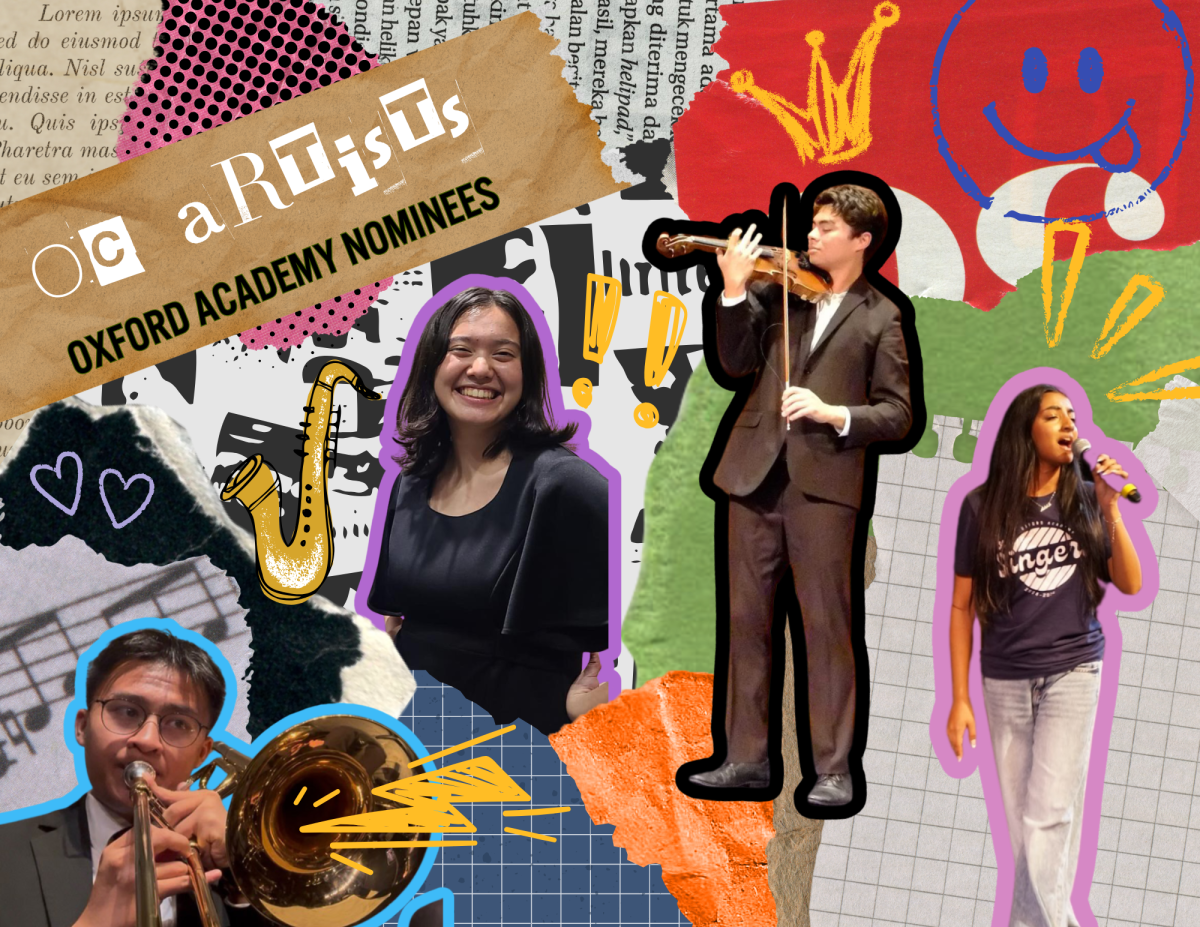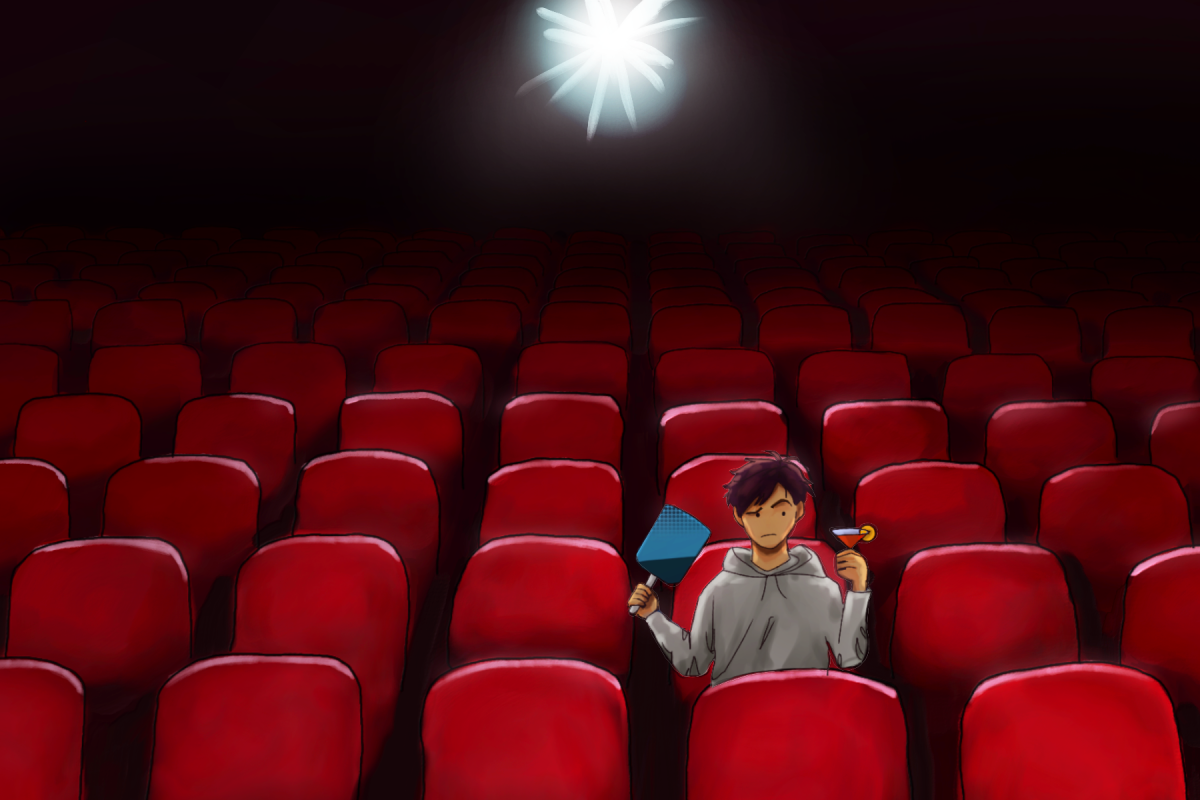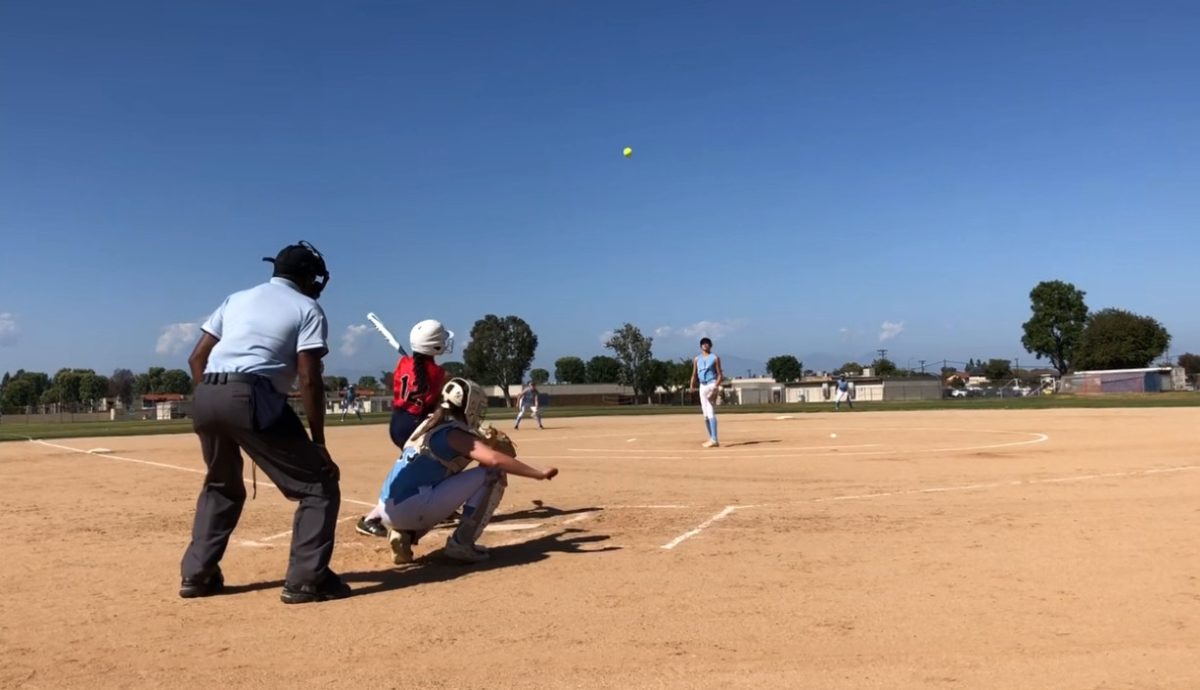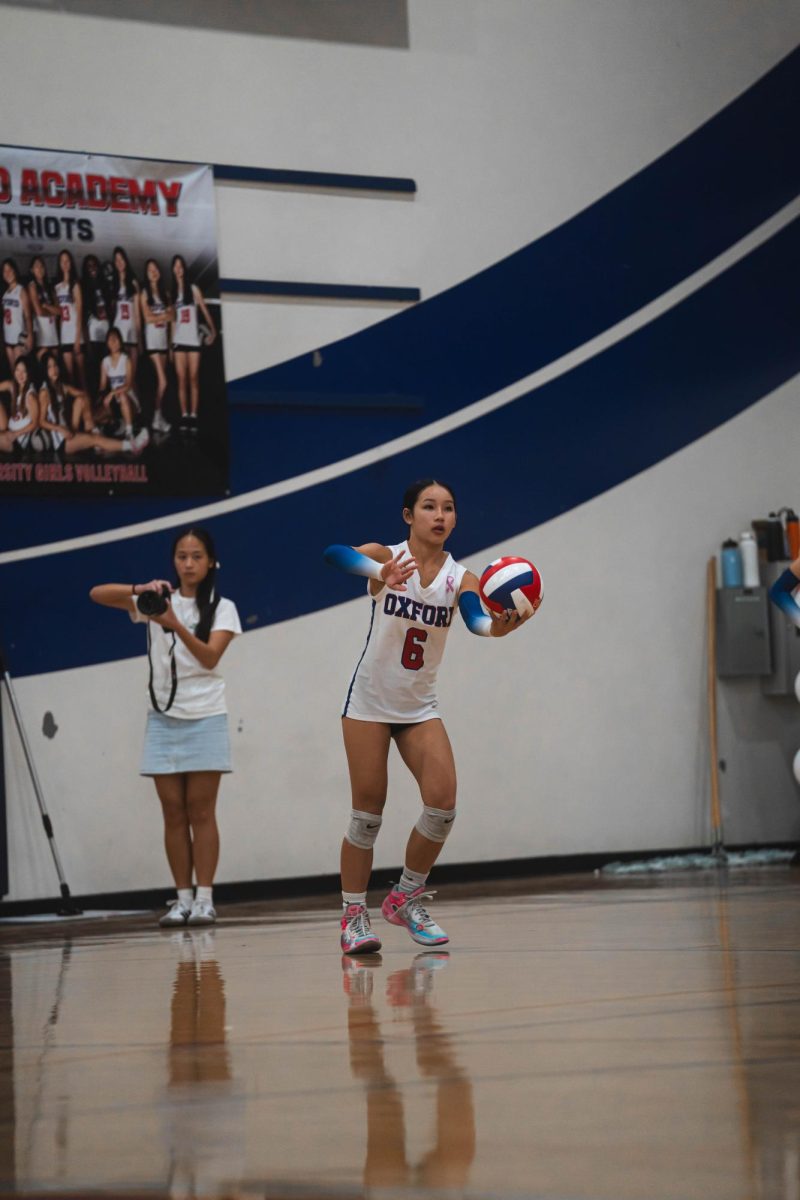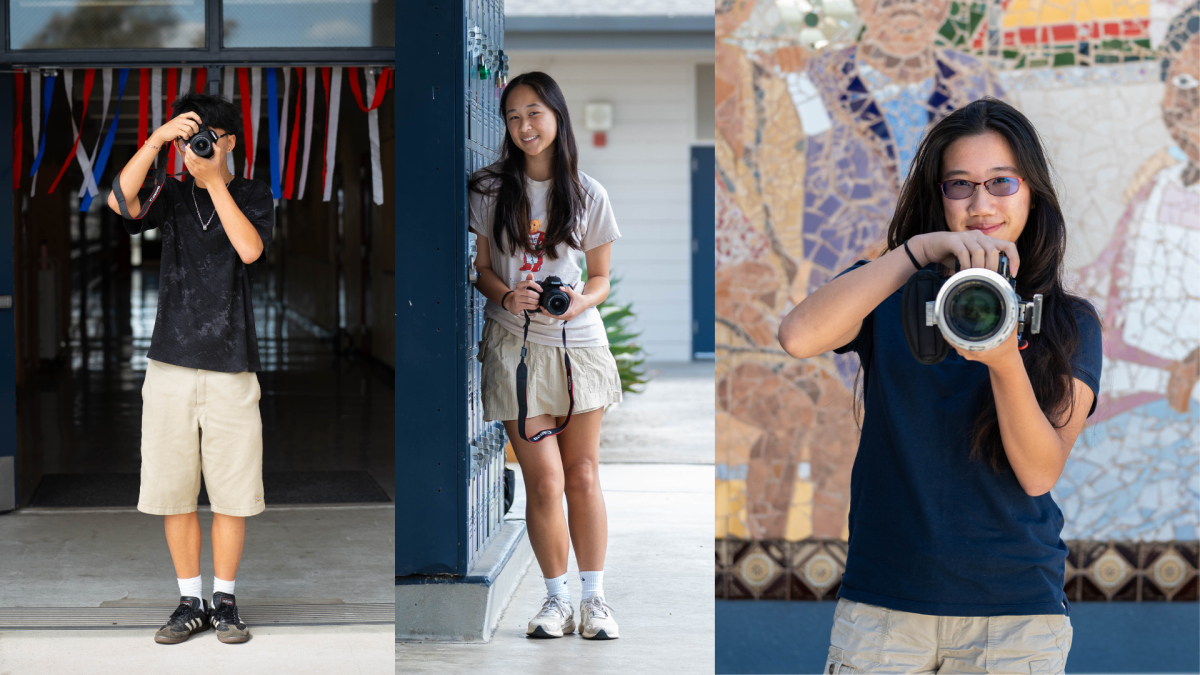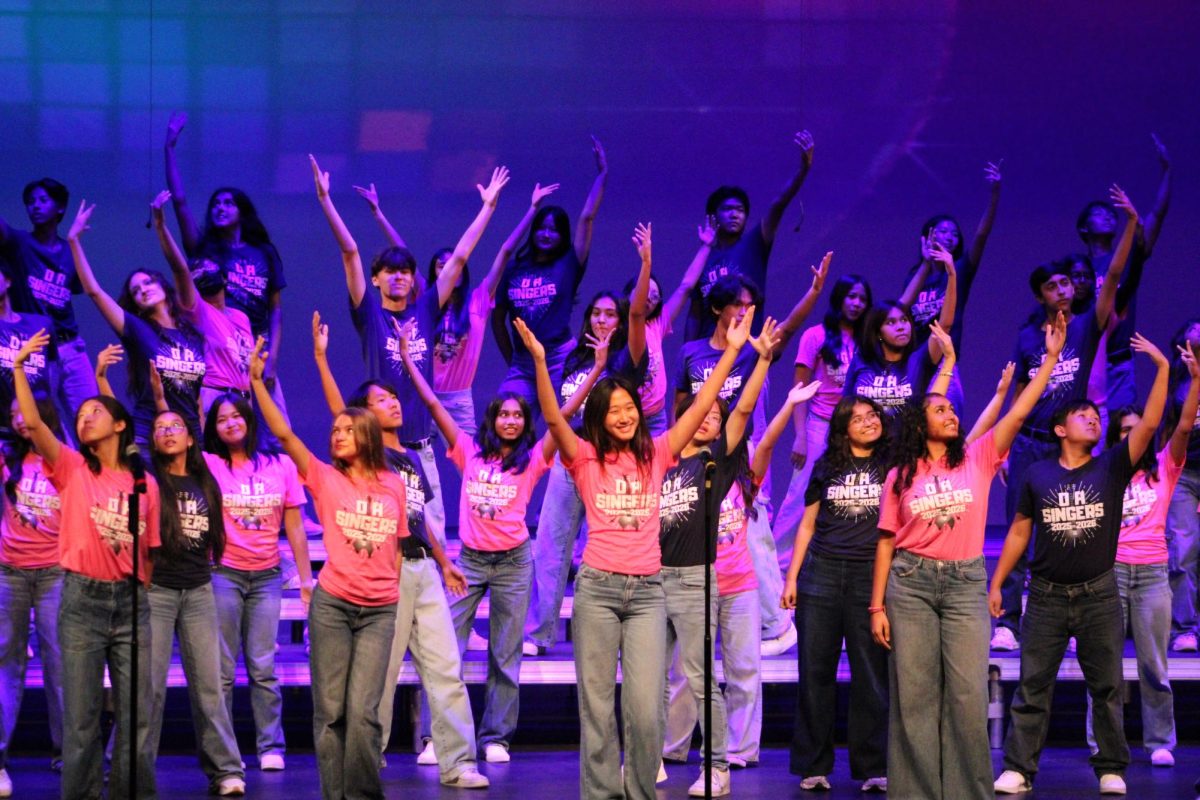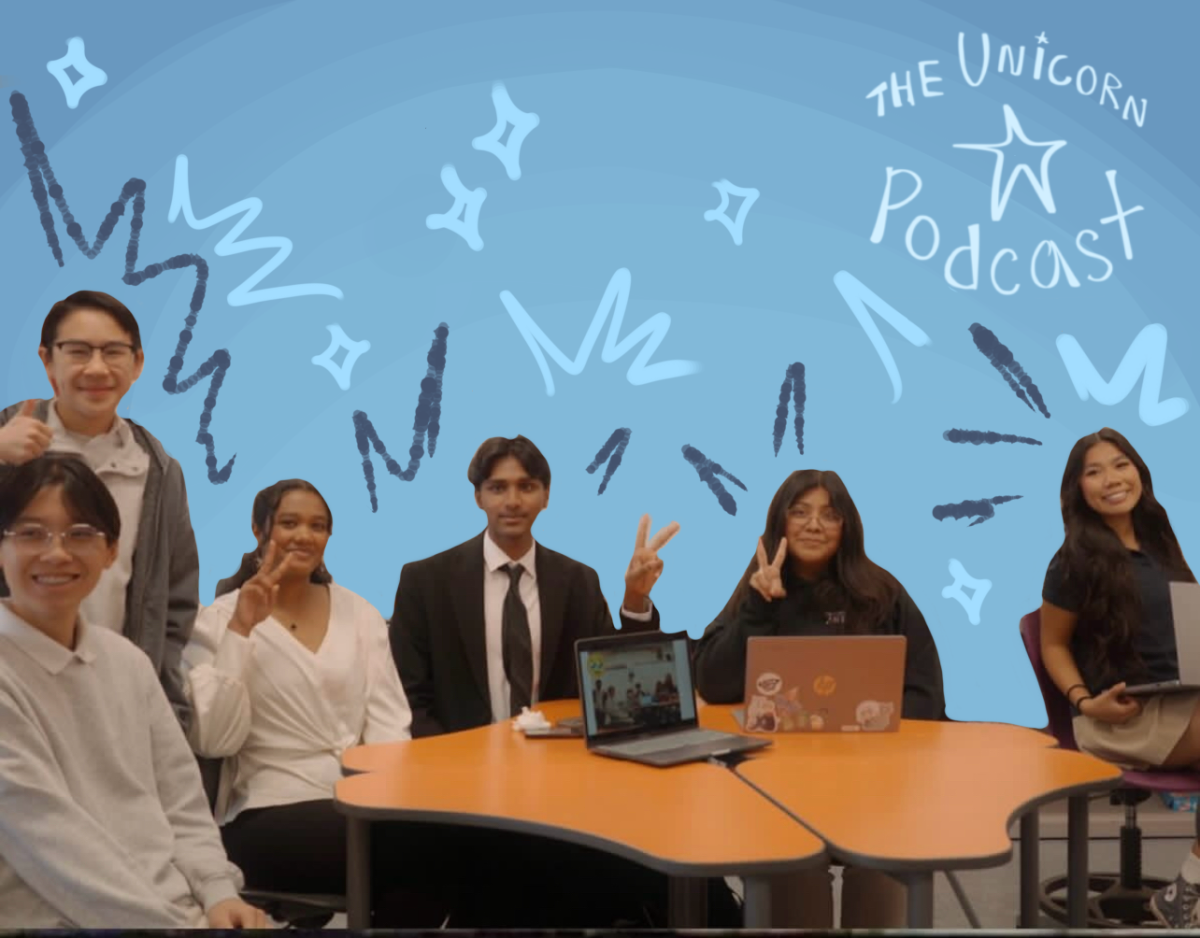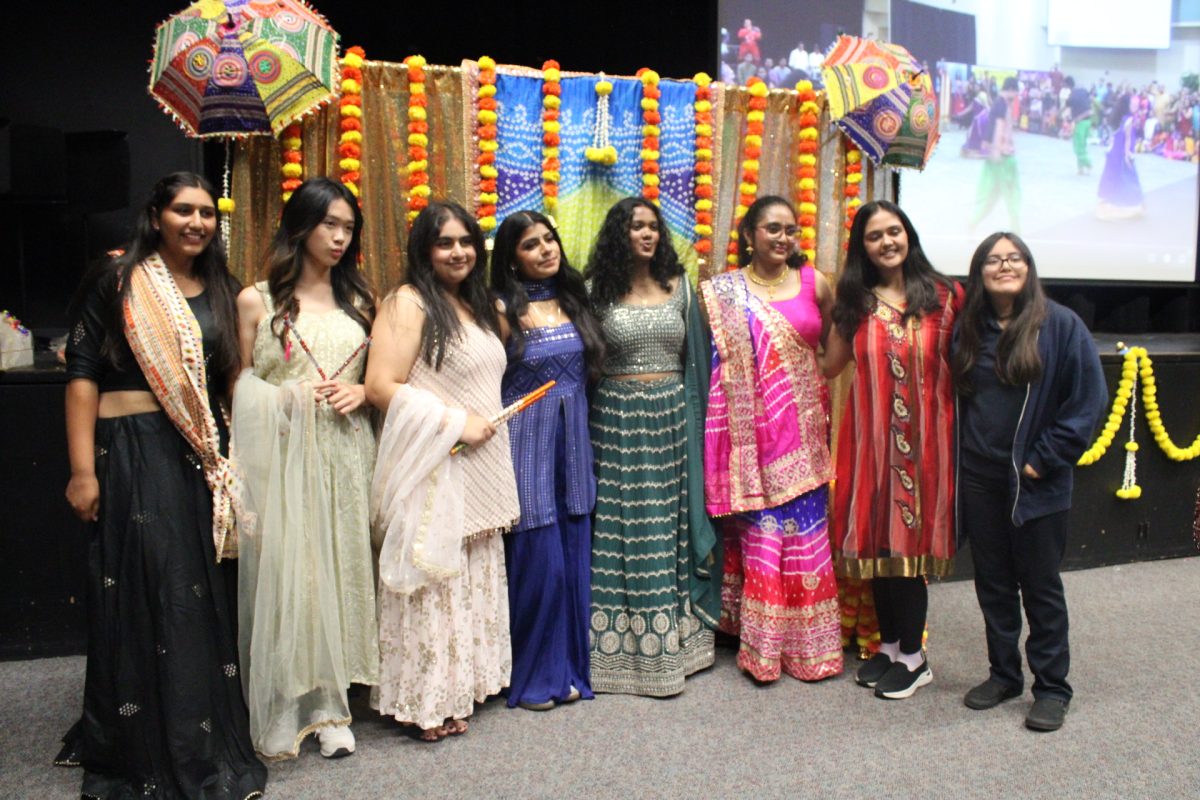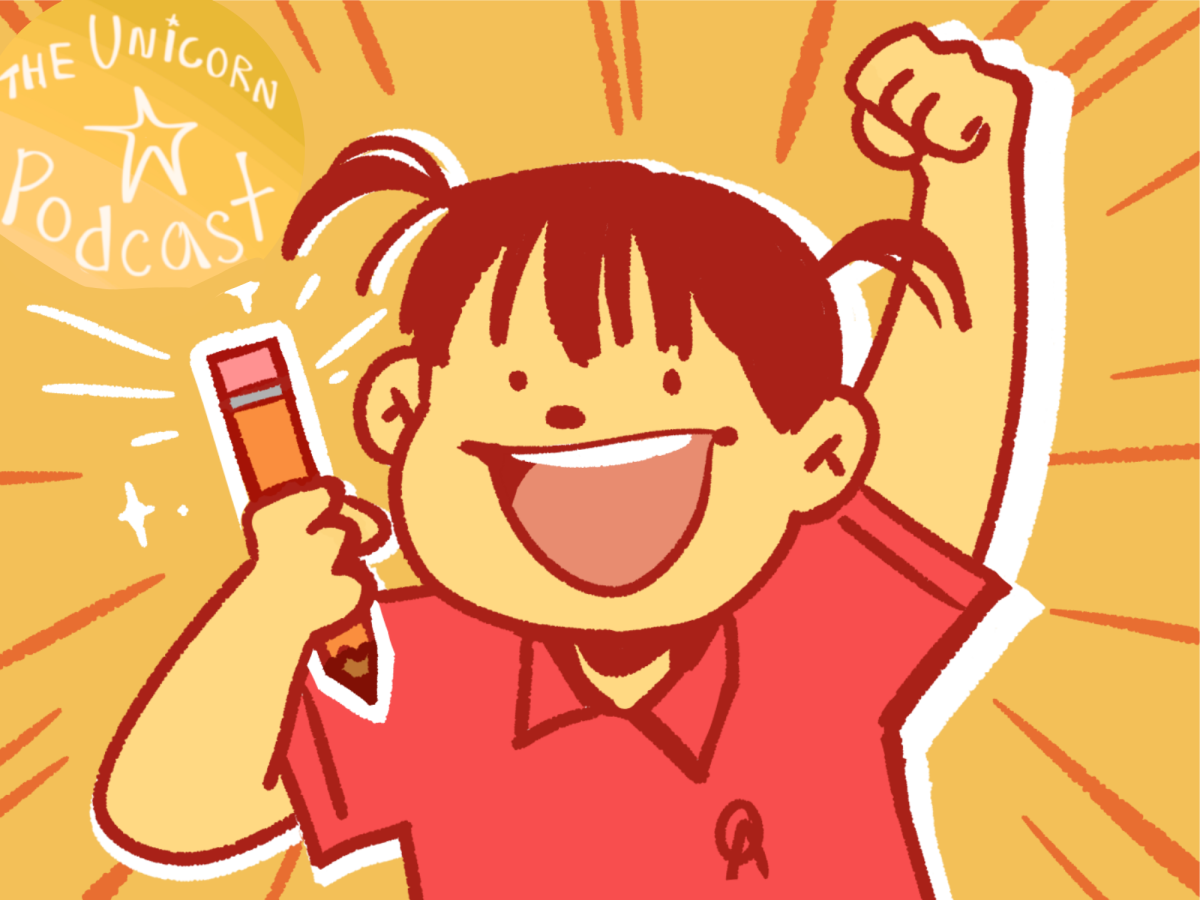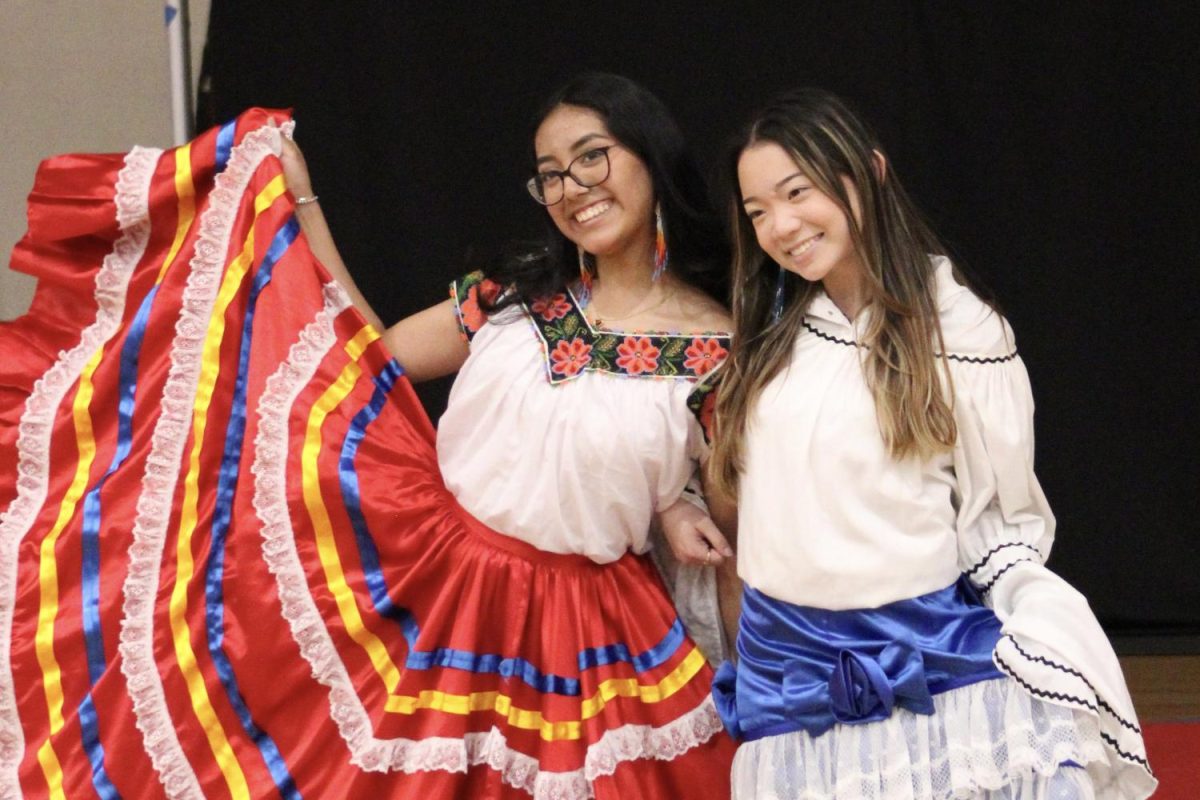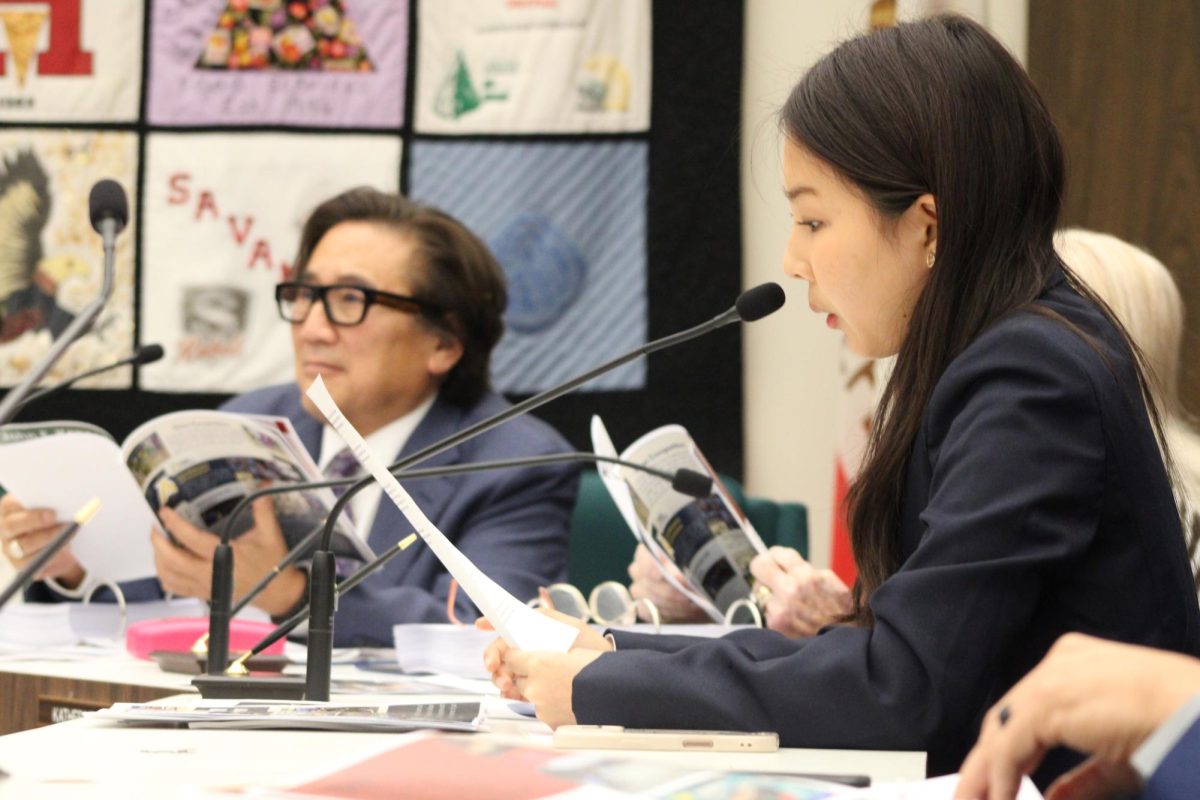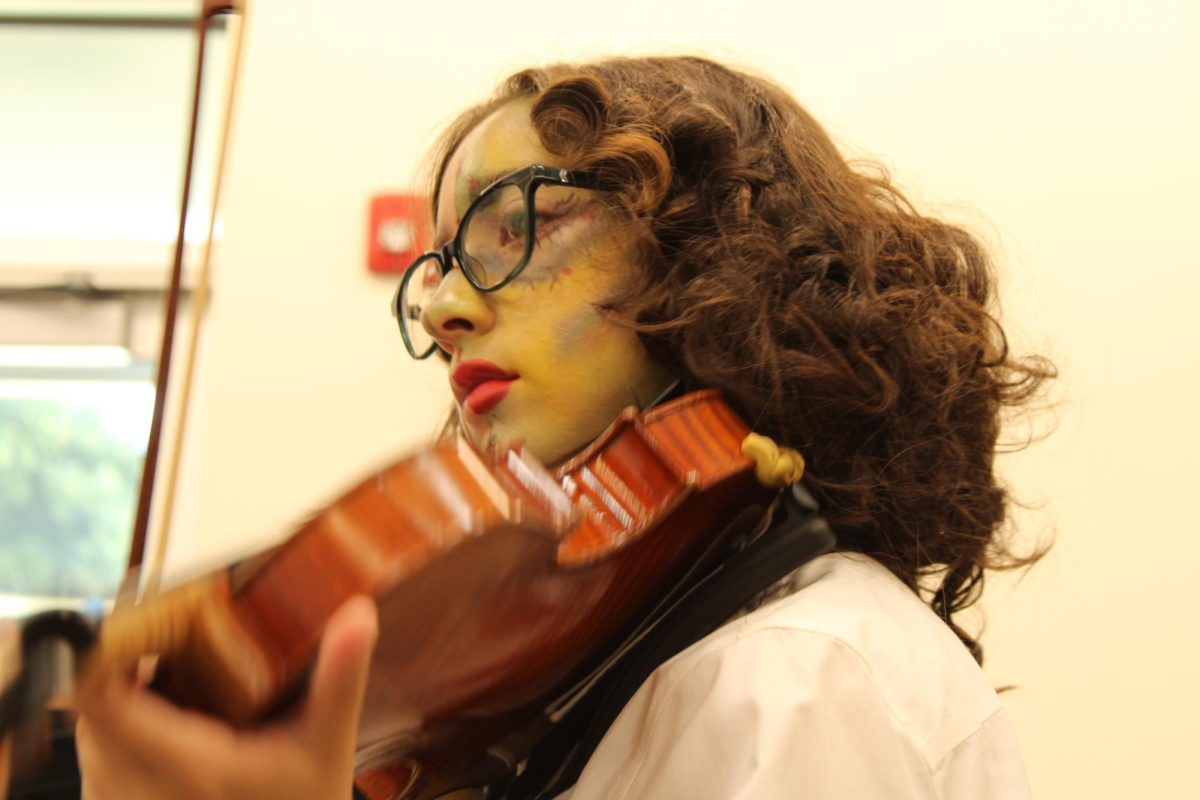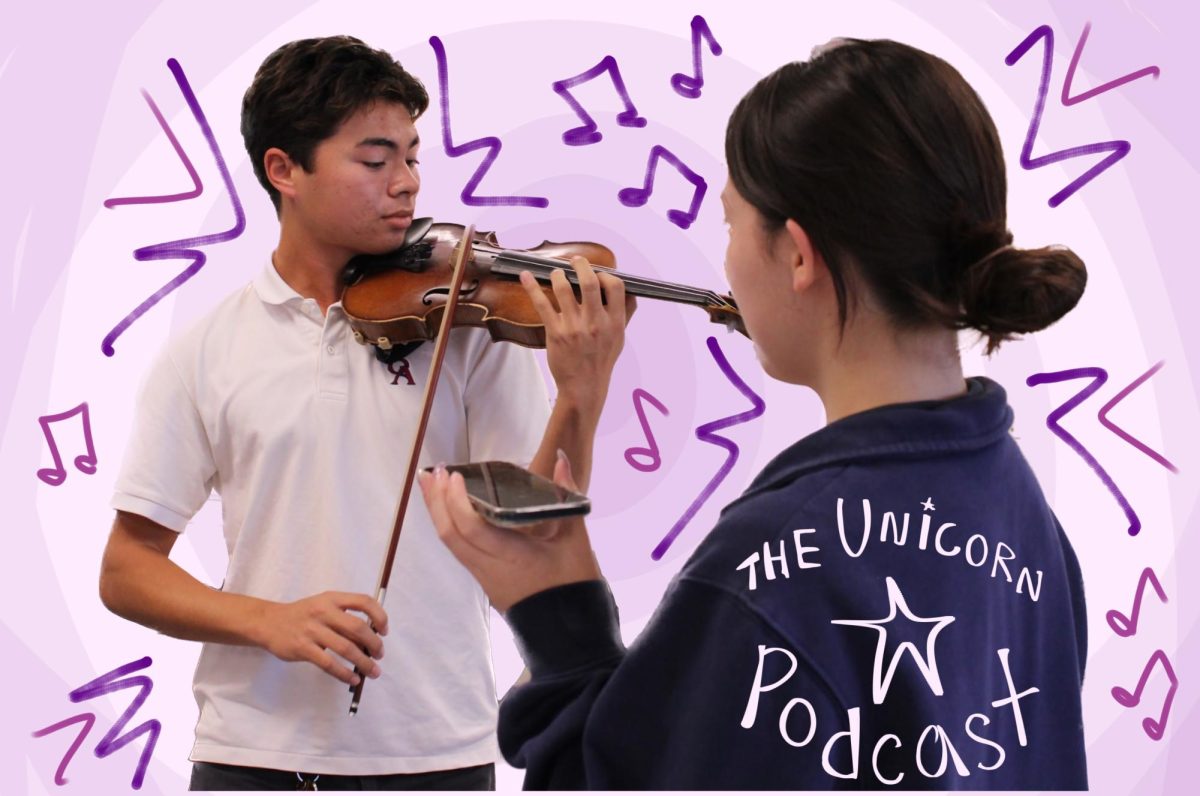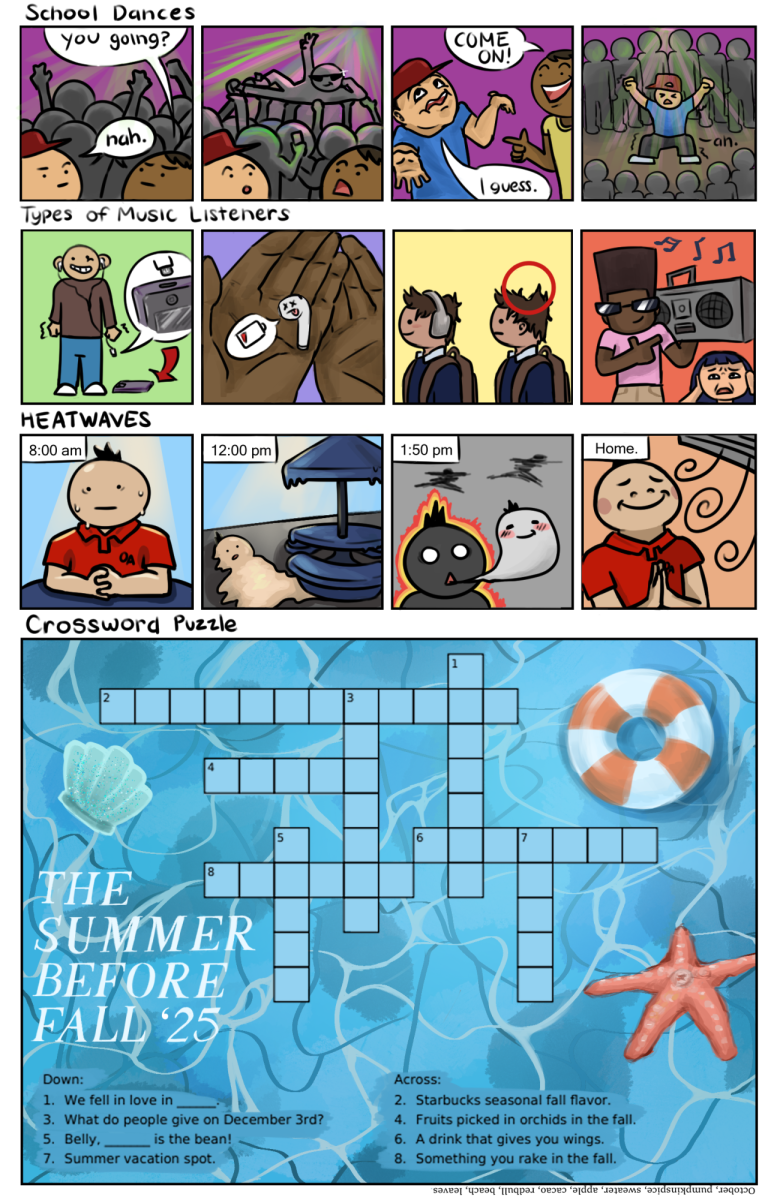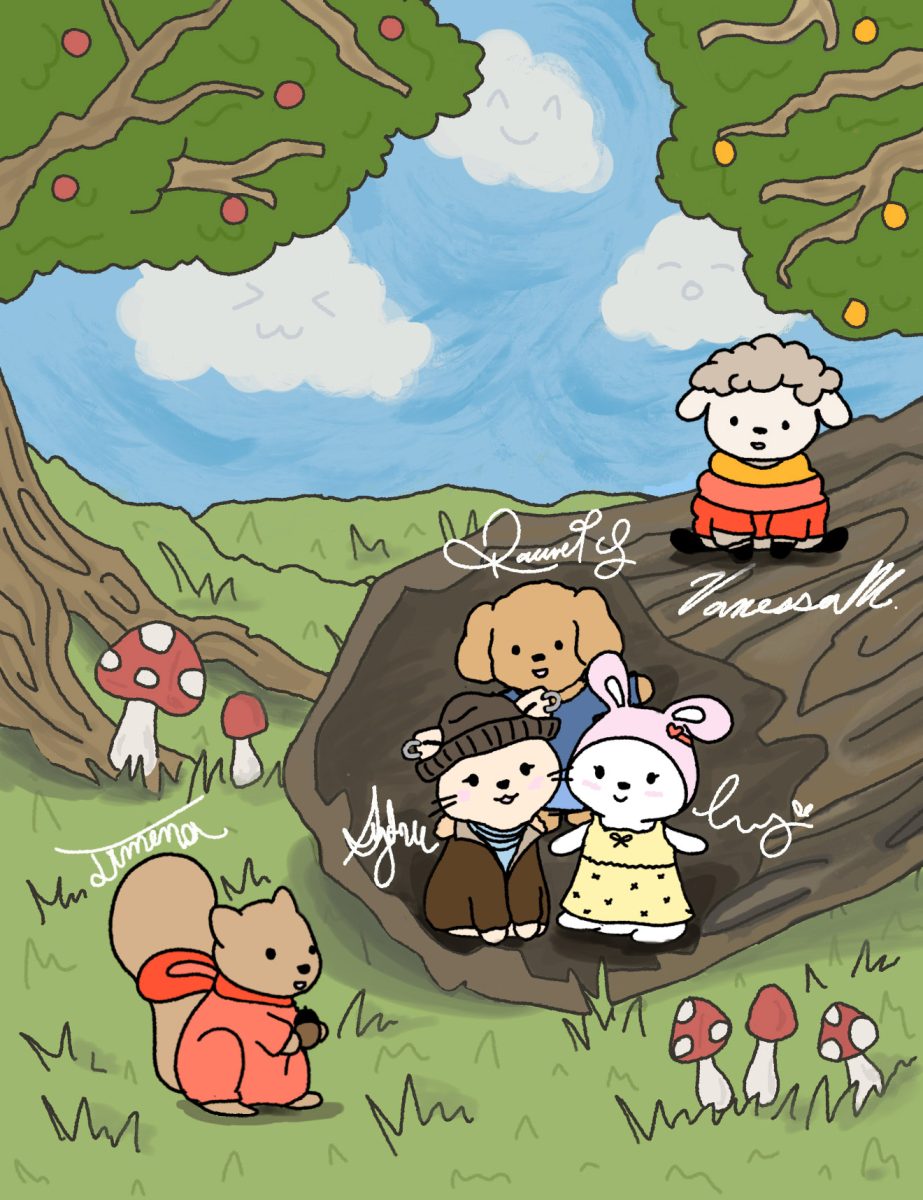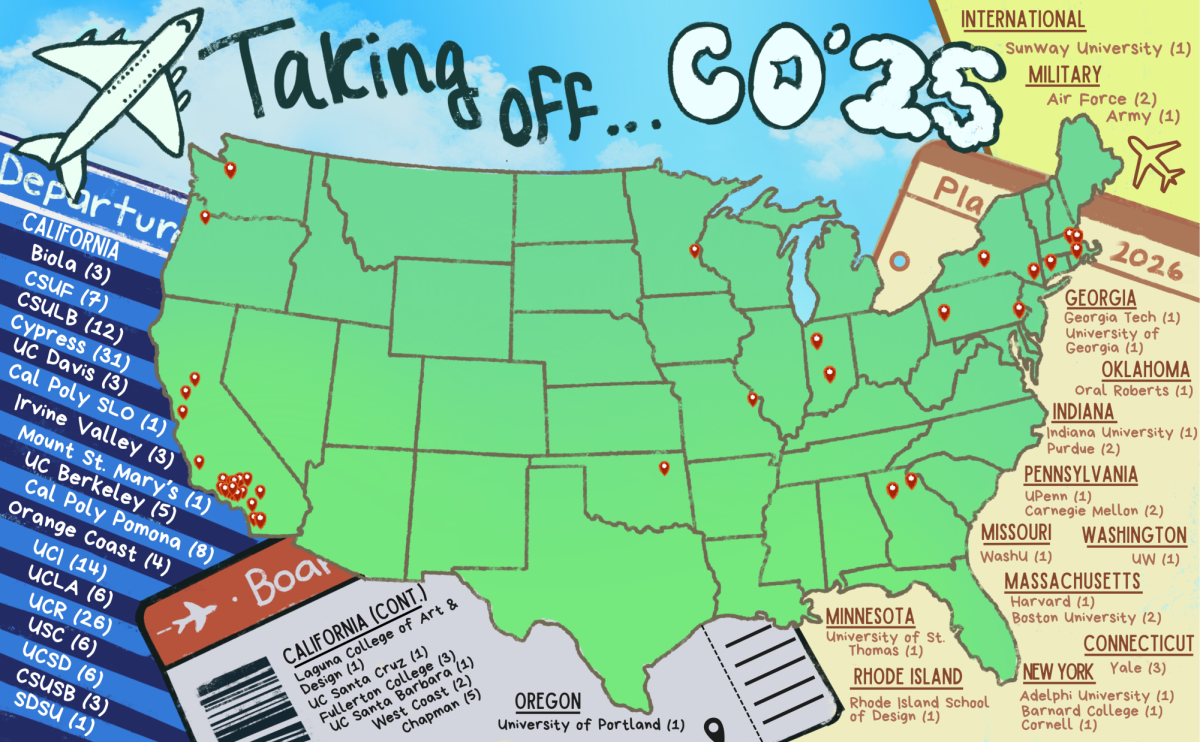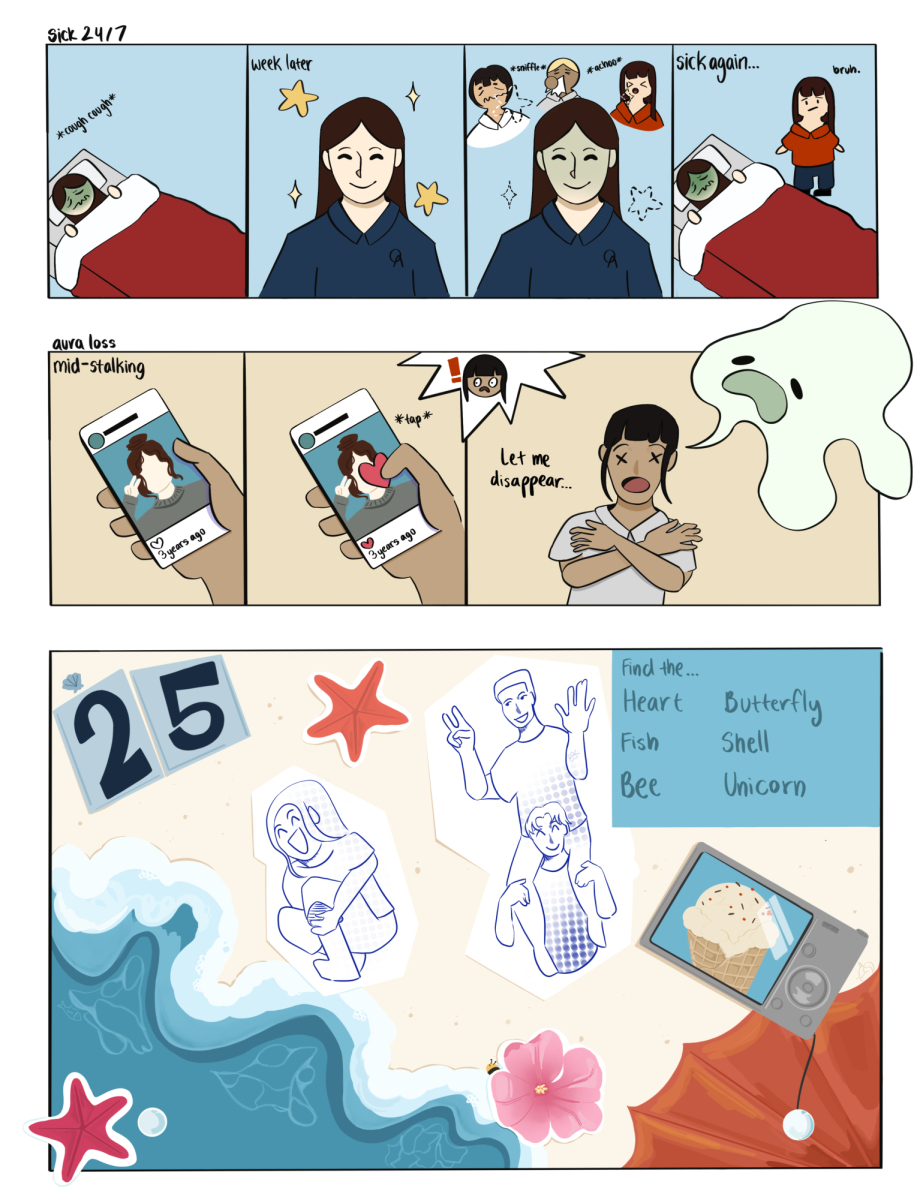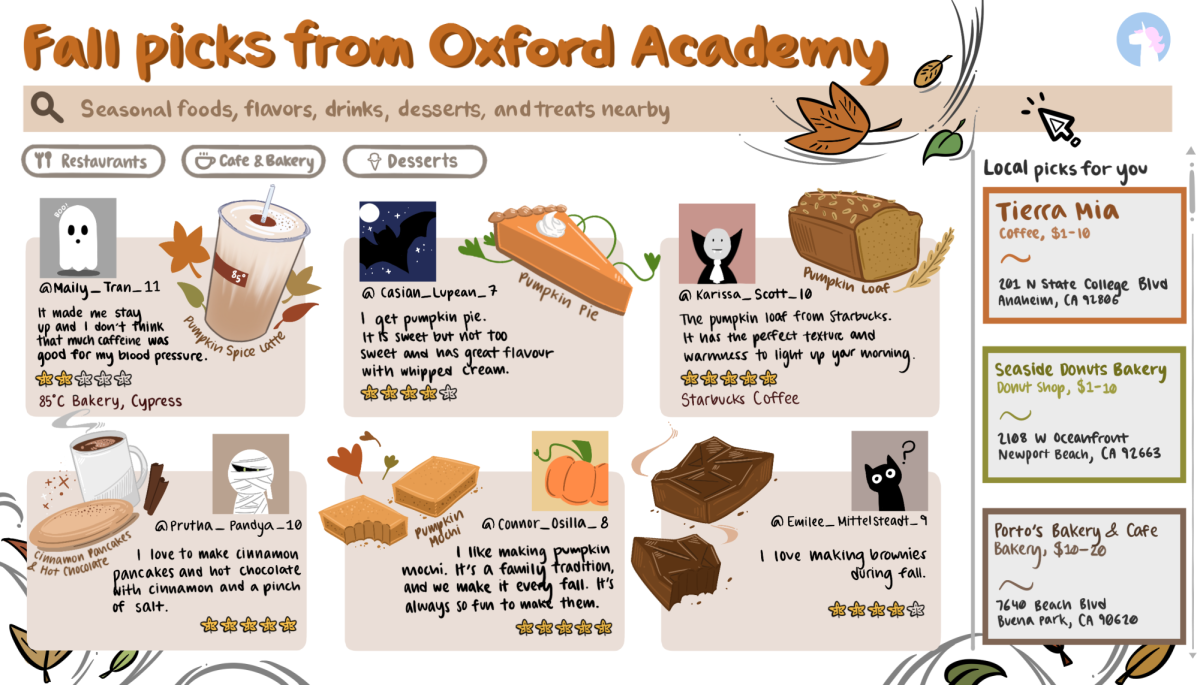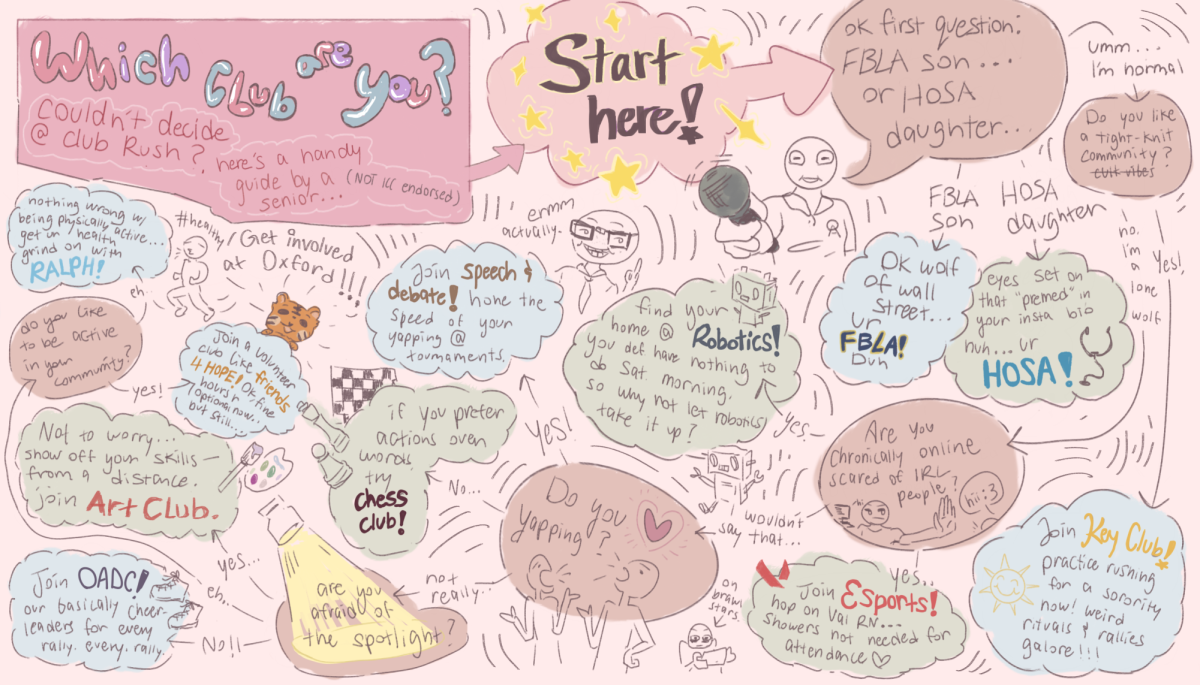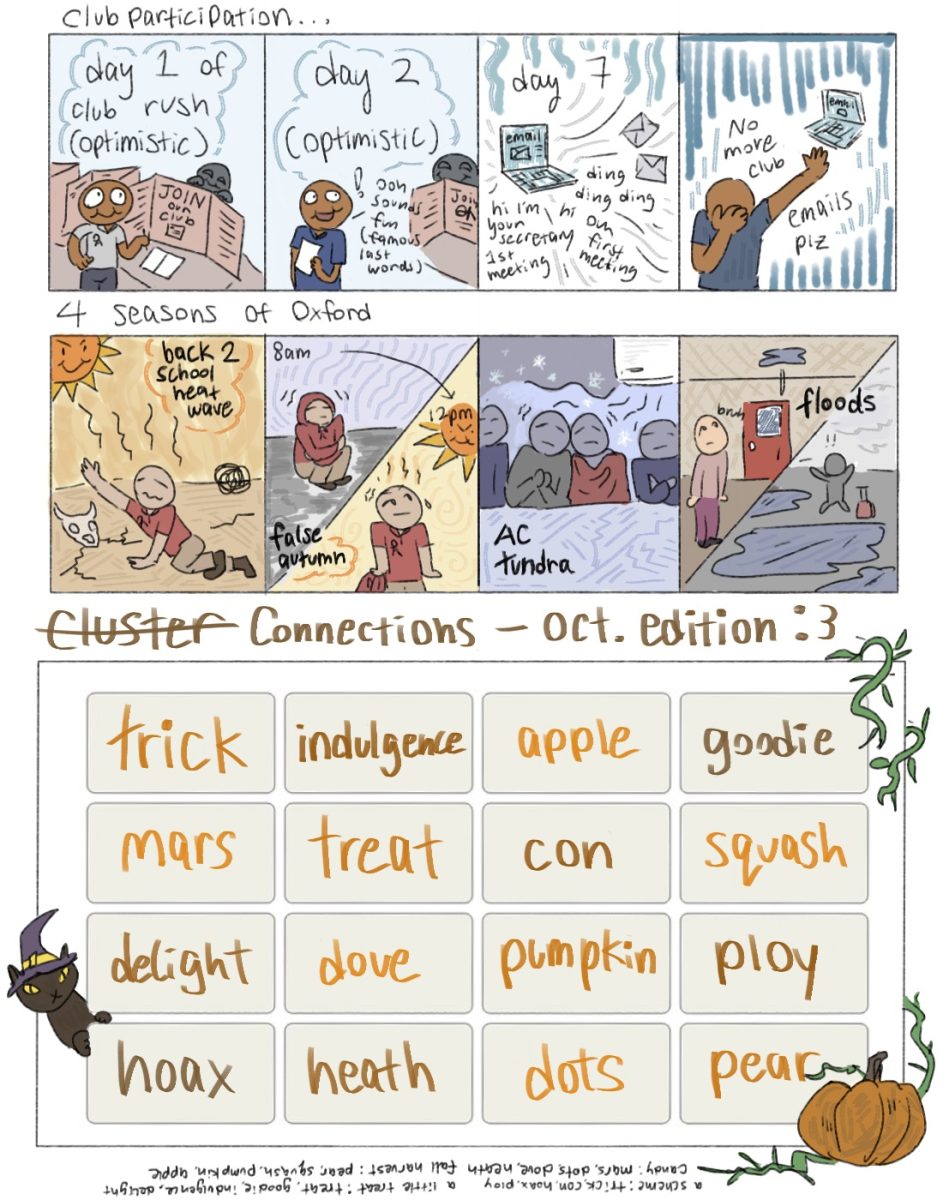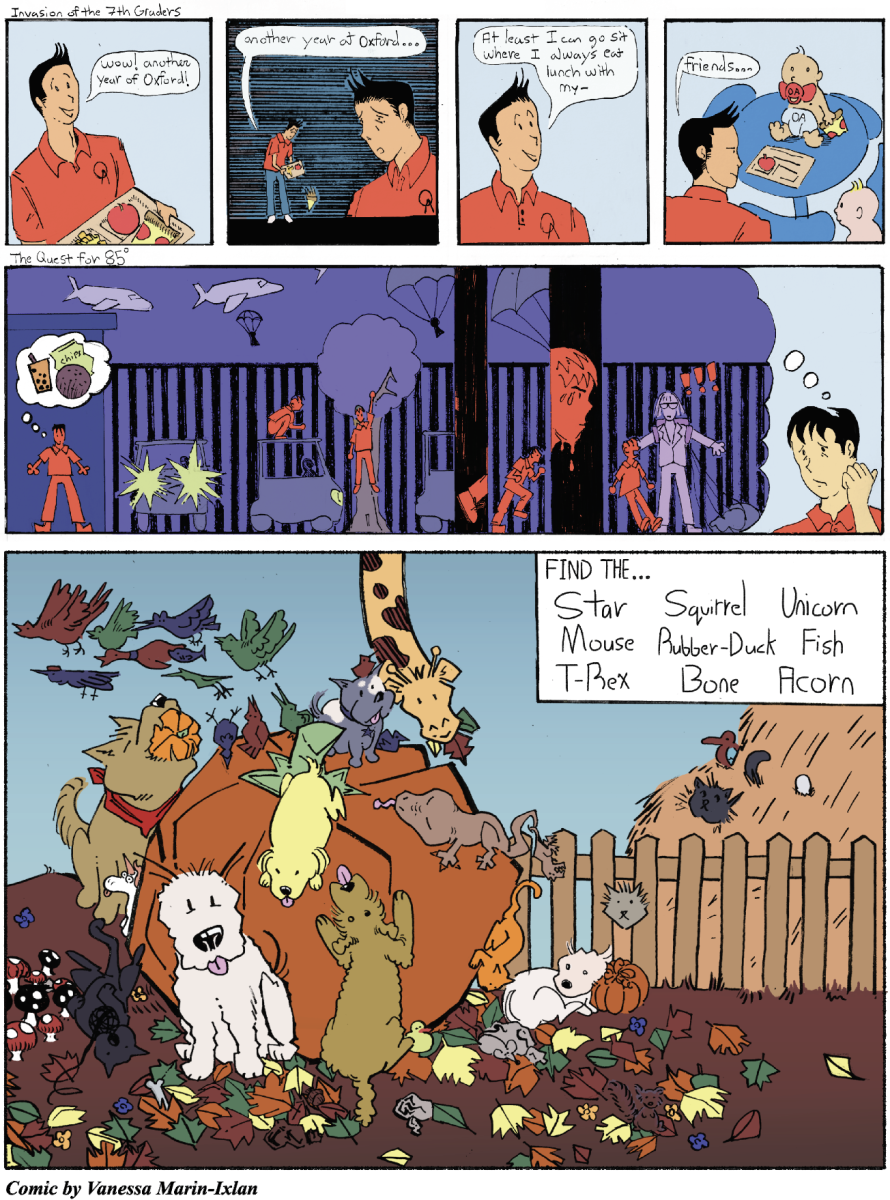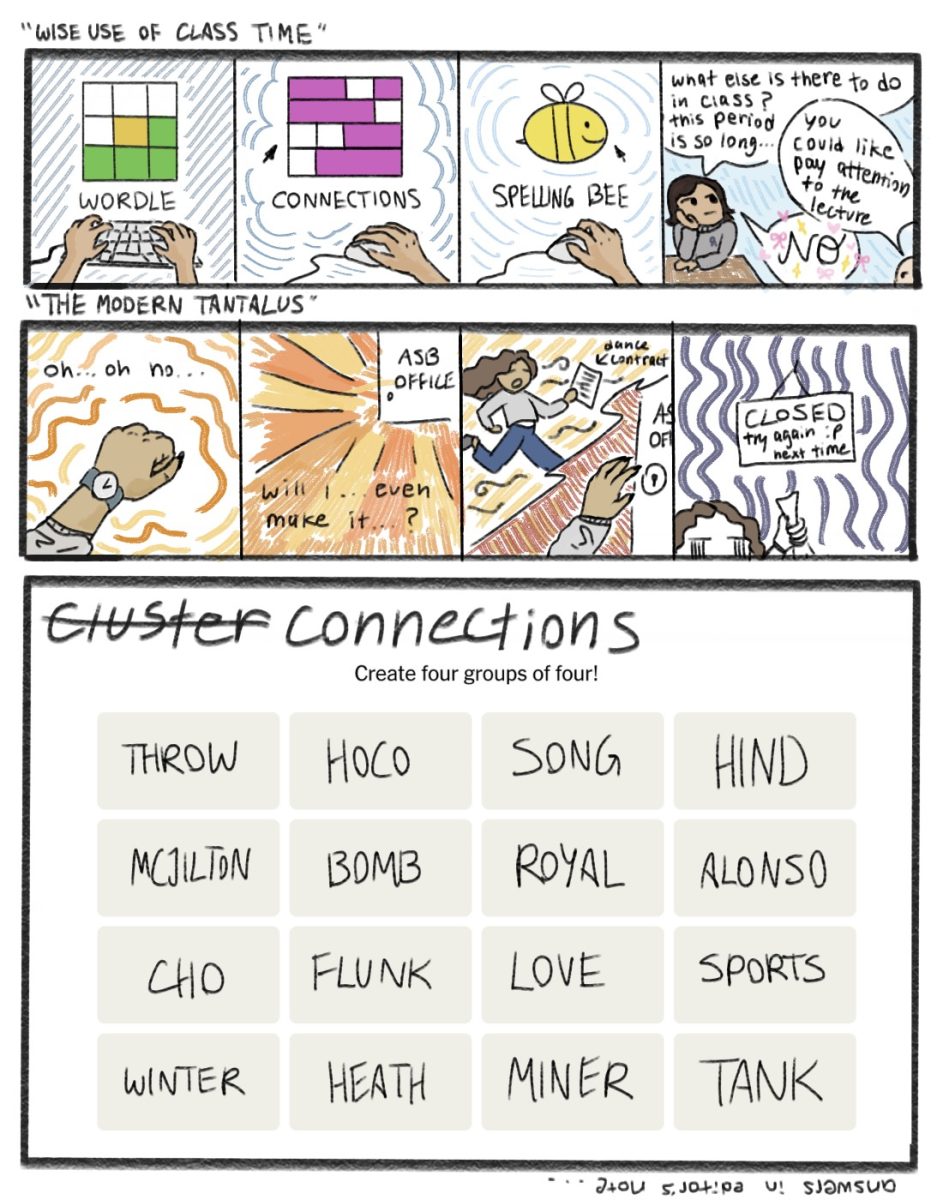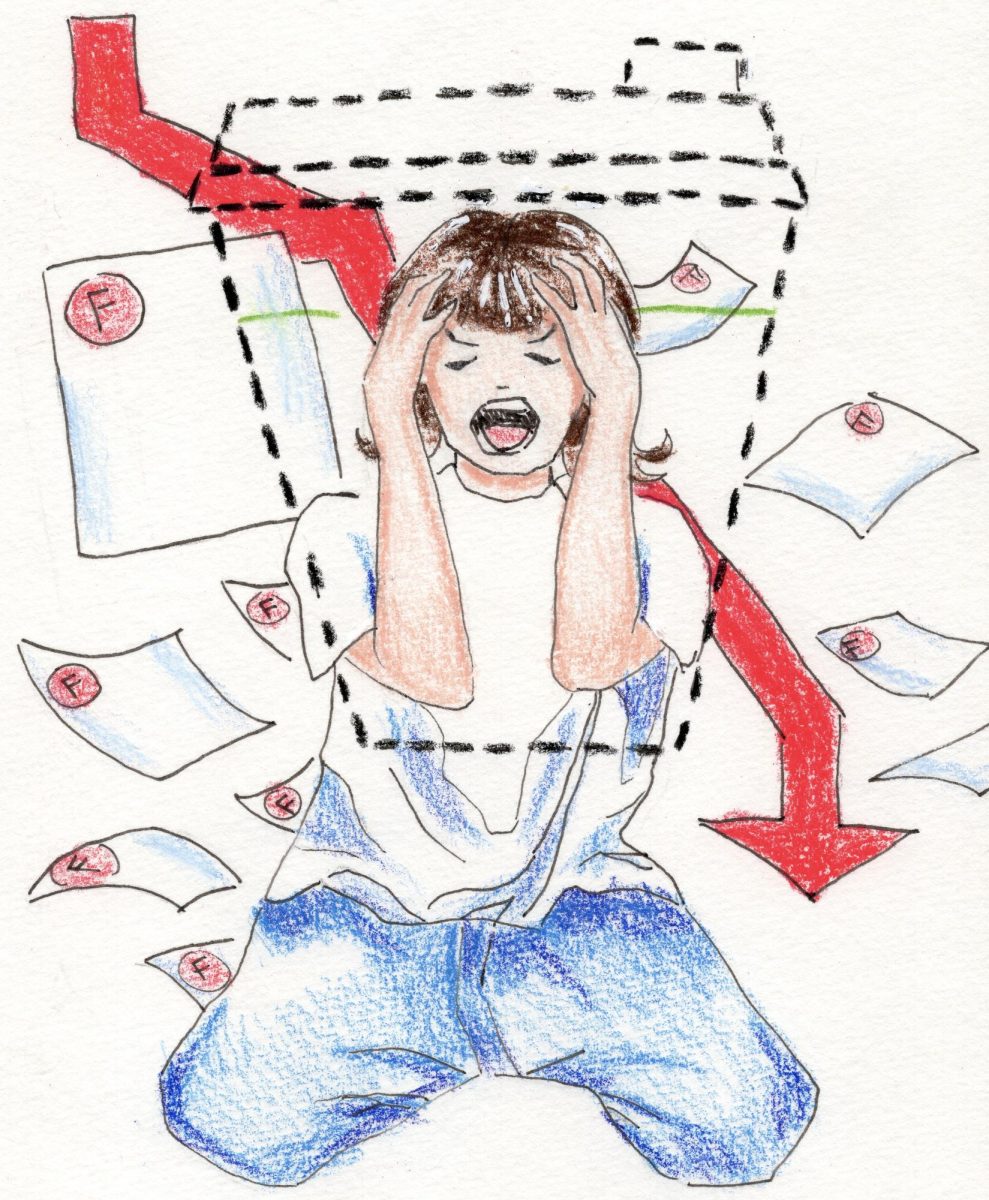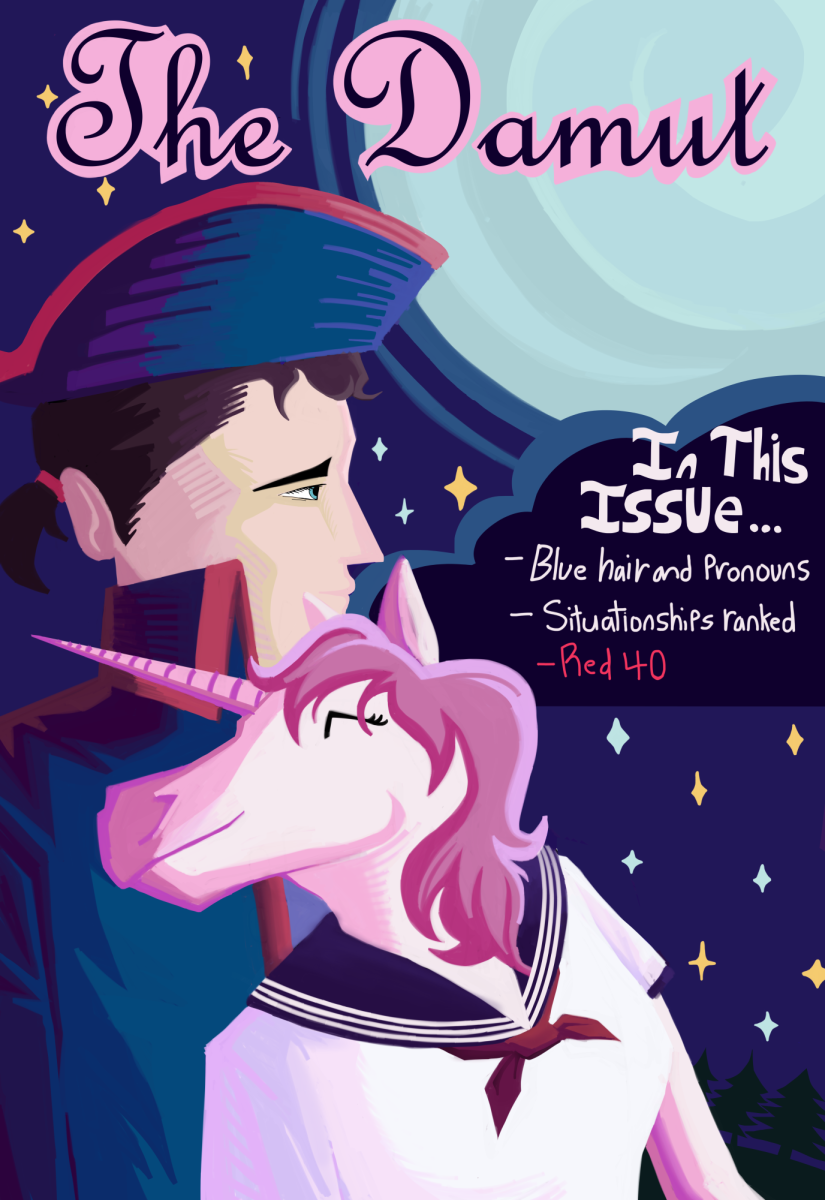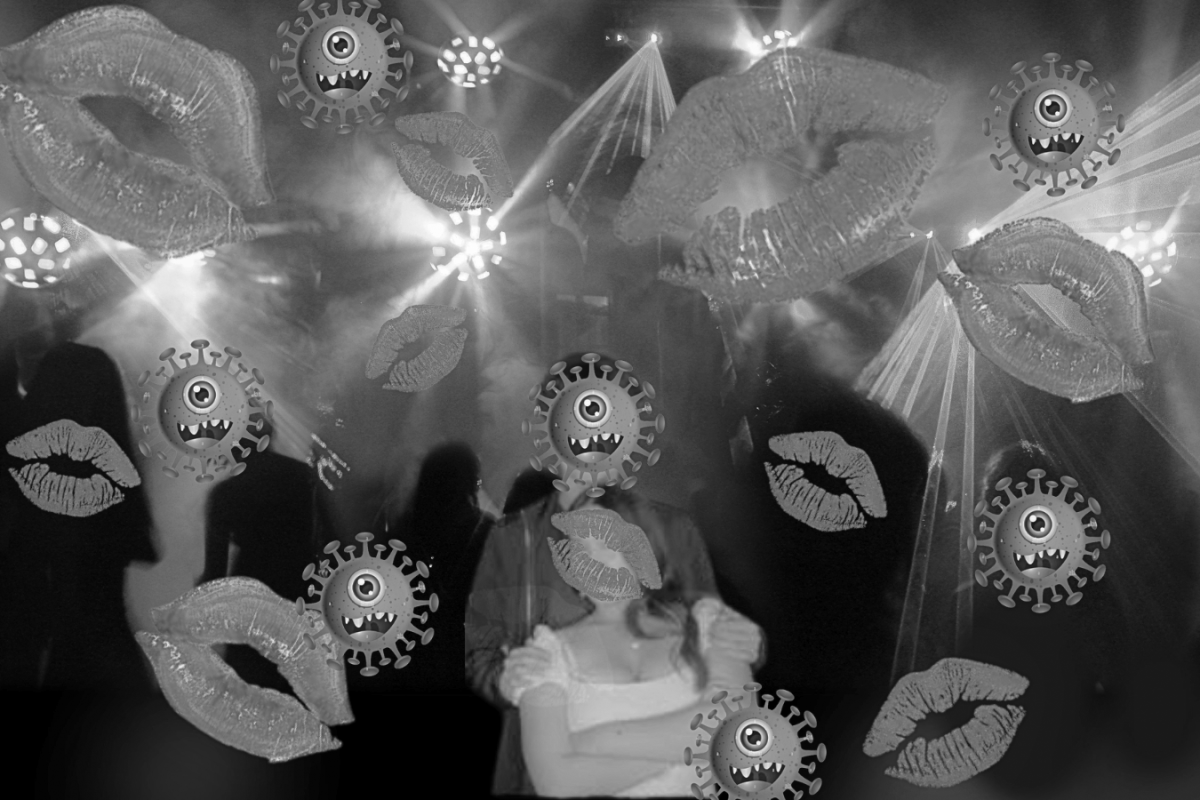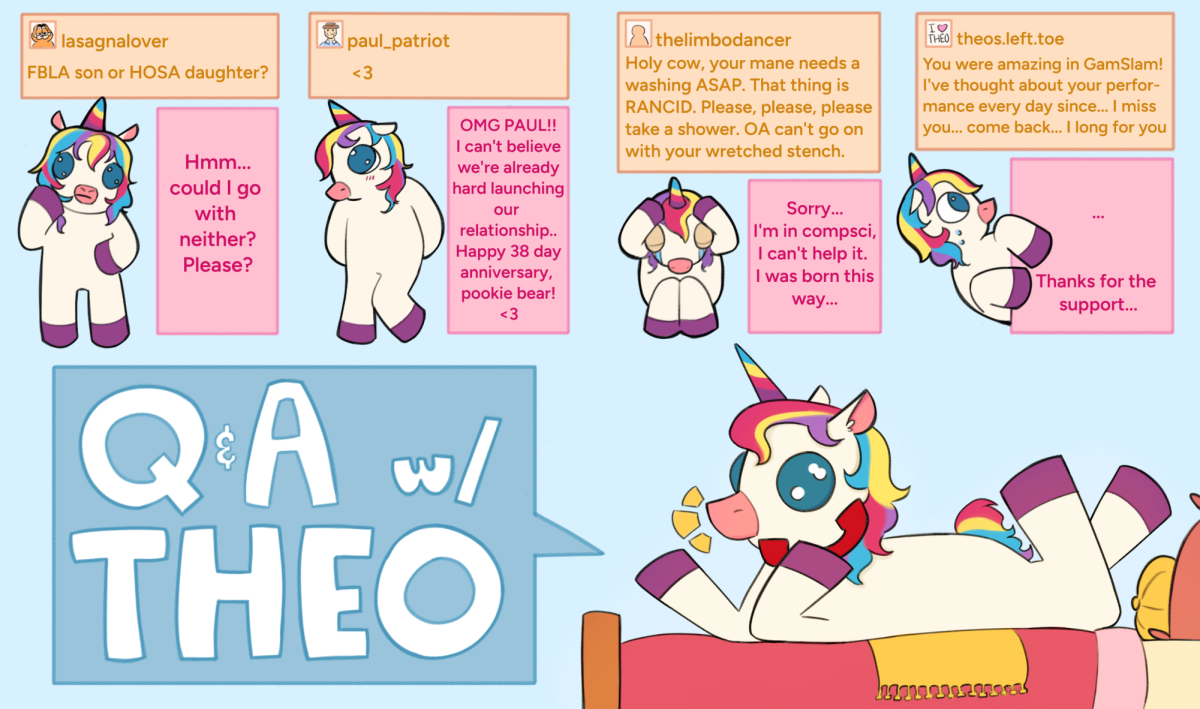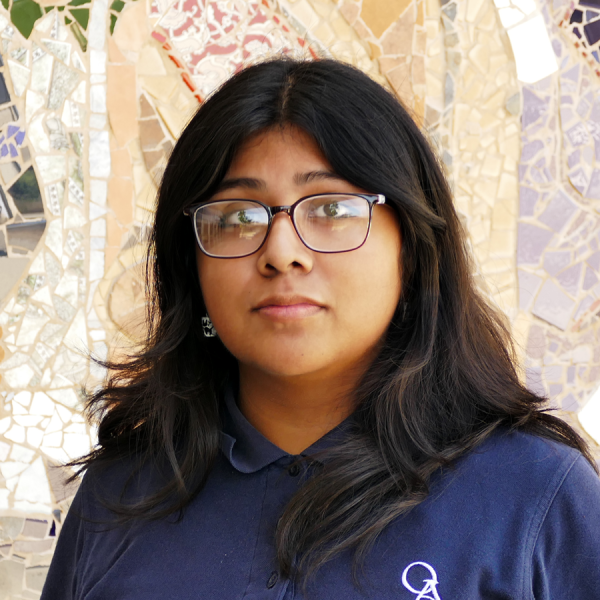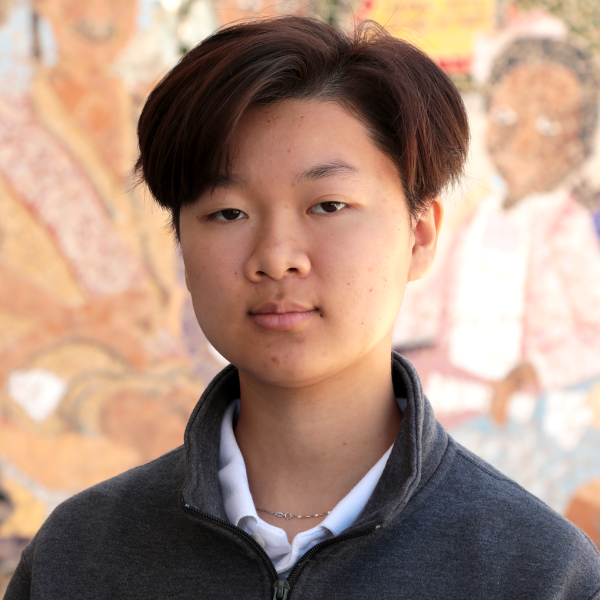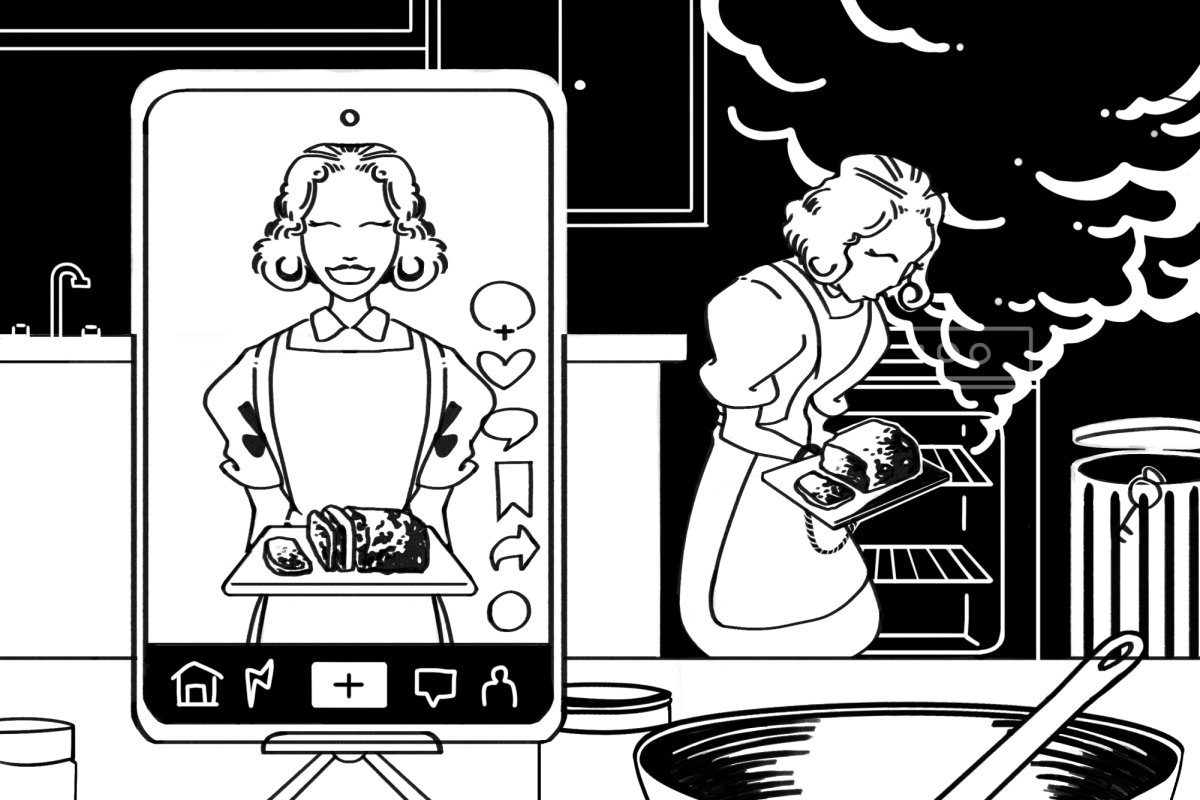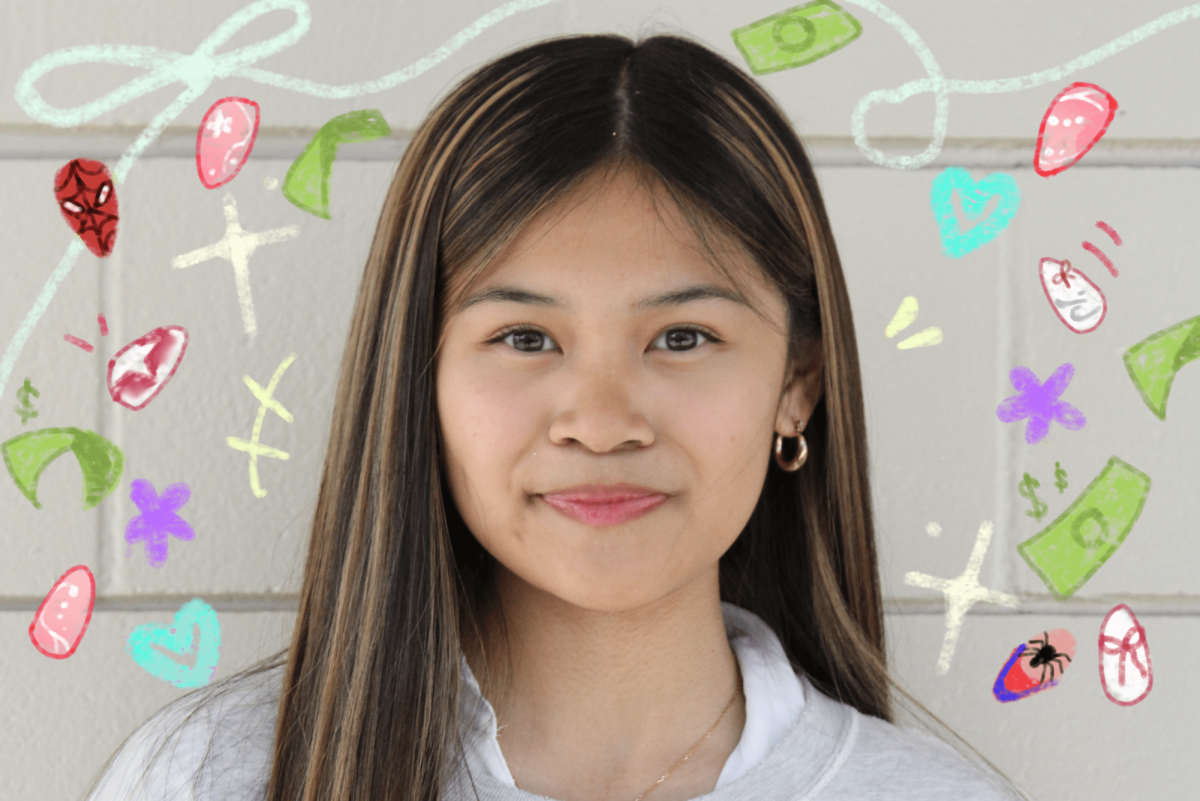Finding decent lesbian representation in movies or shows proves to be a hit or miss most of the time, as proper depictions of women-loving-women (WLW) relationships are scarce in mainstream media. With this past Lesbian Visibility Week and Pride month coming up, recommended below are a few pieces of sapphic media to binge post finals and AP tests.
Arcane
Netflix’s Arcane centers on the conflict between the oppressed undercity of Zaun and the ruling utopian city of Piltover, with sisters Vi and Powder caught in the crossfire. A tragic story of social inequality, familial love, and the consequences of progress, there’s also a touch of romance — Caitlyn Kiramman is introduced in season 1 episode 4 as Vi’s love interest. Although being on opposing sides of the conflict, with Caitlyn coming from high society and Vi a Zaunite vigilante, these lesbian characters build a strong bond throughout the series, despite some hiccups along the way.
Earning itself a 100% on Rotten Tomatoes, Arcane captivates viewers with its satisfying blend of its 2D and 3D animation style; characters’ emotionally detailed microexpressions, meaningful color symbolisms, and powerful parallels not only complements Cait and Vi’s relationship, but help develop the themes present in the series, including found family and corruption of power. While the show is based on the video game League of Legends, there is no need for any prior knowledge of the game to enjoy Arcane to the fullest extent. With two seasons and nine episodes each, the show is perfect for a post-AP season binge-watch into your restful summer. However, be wary — this series is a tearjerker.
Puella Magi Madoka Magica
Seemingly just another run-of-the-mill magical girl show, Madoka Magica is everything but that. Following a young teen named Madoka Kaname, she encounters Kyubey, an alien cat-like creature who offers Madoka and her friends their most desired wish, at the price of becoming a magical girl who fights against “witches” bringing curses into the world. On the surface, this lighthearted deal seems like a dream come true — yet the truth is far more grim, with dark undertones hiding beneath the innocent characters and their cute, frilly dresses.
Madoka contrasts a world that sees young girls as “too emotional” and exposes a reality that exploits their intense feelings surrounding love, friendships, and family to fuel this continuous cycle of pain and torment that serves to benefit everyone — except the girls who are left traumatized.
A bright spot in this tragedy is the relationship between Madoka and Homura Akemi. While never explicitly stated, many fans interpret their relationship as romantic; Homura is willing to break space and time to save Madoka from her fate as a magical girl, with her devotion incredibly reminiscent of Sayaka Miki’s — another one of the five main magical girls — intense crush depicted in the show. This parallel highlights the perils of love for young girls, made especially clear within Homura and Madoka’s queer-coded relationship, veering heavily into obsessive behavior and codependency. The series in its entirety acts as a dark reminder of the dreadfully common experiences of girlhood.
The Guy She Was Interested In Wasn’t a Guy at All
If reading is more your style, try out this adorable ongoing webcomic turned physical manga. As the title suggests, Aya Osawa, a popular high schooler with a hidden passion for grunge music, frequents a record shop where she encounters a mysterious employee. While crushing hard on this guy, Aya attempts to build a deeper connection with “him” through their shared love for rock music. Little does she know, however, that her cool crush is actually a girl — and her desk mate, Mistuki Koga at that.
This cute WLW rom-com explores themes of self-discovery, with both main protagonists struggling with their self-perceptions. As it develops, Mitsuki and Aya’s relationship blurs the line between friendship and romantic love, exploring the nuances within romantic attraction and traditional gender expressions and norms.
The slice-of-life series is portrayed through a mainly green color palette, with splashes of white and black curating a unique aesthetic that contrasts with the typical black-and-white format of other manga, making this comic a much more compelling read.
Summer is just two weeks away, so sit back, relax, and enjoy media for sapphics with refreshing depictions of WLW relationships.




